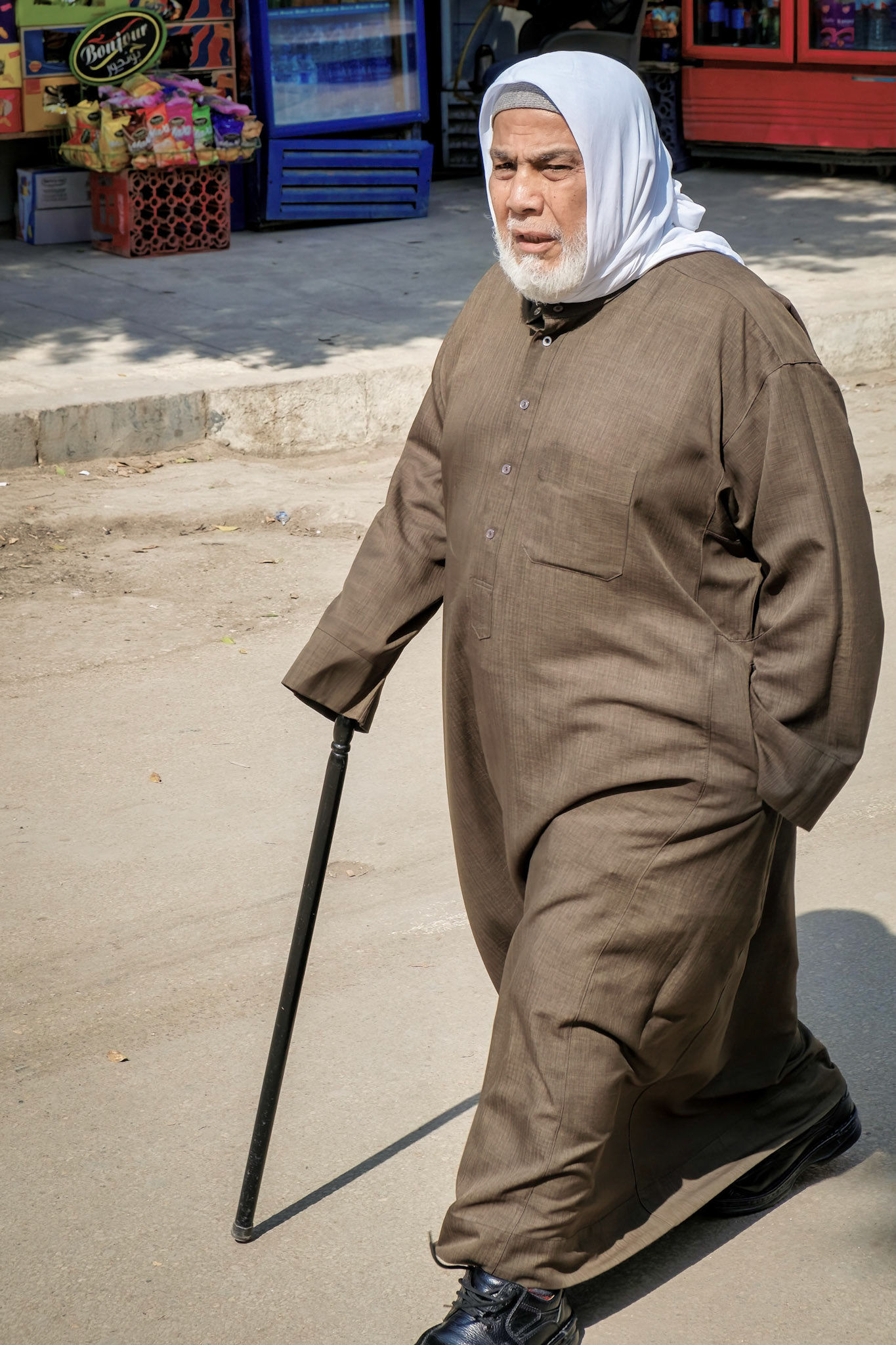These photographs are from my 2017 trip to Egypt. In many ways this is a personal page to refresh MY memory of the people I saw on my trip. Consequently, many of the photographs are not of the quality I would normally show to others. A few of the photographs are on the page ‘People I have seen’, but not many. Some were taken through bus windows so colors needed to adjusted, often not successfully. Many photographs are cropped, sometimes severely, to give an appearance of closeness that did not actually exist. Photographs of the innumerable historic sites or of the gorgeous sunrises and sunsets have been omitted. Better pictures of the historic sites are readily available in travel books or on line. Instead, I have focused on what was not depicted in books, the people I saw. I suppose that makes this collect of collection of photographs eccentric, eclectic, and possibly inane. I will create another page with many of the omitted photographs.
I apologize for this long introduction. Feel free to scroll to the photographs, but I encourage you reading the following outline of my trip so that you can see that there is a natural ordering to the photographs and possibly gain insight into the settings some of the pictures.
We spent the first night in Cairo. The next morning, we drove south toward Dashur to visit the Bent and Red pyramids. On our return to Cairo, we visited the Giza Plateau with the Sphinx and its famous pyramids.
The next morning, we flew to Aswan and took a small boat to Philae, a small island with a medium sized temple complex. The amazing thing about Philae is that this is not the original Philae. Rising water in Lake Nassar, created in the 1960’s by the Aswan High Dam, covered the original Philae. Realizing that this would happen, archaeologists and others moved the temple complex, including its solar orientation, to higher ground. We returned to Aswan and flew to Abu Simbel in southernmost Egypt to visit temples Rameses II built there. These temples were also moved to protect them from the water of Lake Nassar. This was a more ambitious project than Philae because the temples were carved into stone hills. After spending the night in a hotel, we boarded a ship to sail north on Lake Nassar to Aswan. Along the way we visited small temples that were also moved to higher ground to save them from being covered by Lake Nassar.
We disembarked at Aswan, took a boat to the Temple of Kalabsha on Lake Nassar (the largest temple so far on the trip), returned to Aswan, rode on a felucca (small sail boat), and boarded another ship to continue northward on the Nile to Luxor. We had to change ships because there is no passage around the Aswan High Dam. We visited temples at Kom Ombo and Edfu on the way to Luxor.
In Luxor we visited the temple at Medinet Habu, the complex of temples at Karnac, the much smaller (but still sizable) Luxor Temple, the Colossi of Memnon (massive stone statues that stood at the entrance to the long-gone Mortuary Temple of Amenhotep III), the Valley of Kings, and other interesting sites. No description can do justice to the temple complex at Karnac. Standing in the hypostyle gave me a sense of awe that is unmatched by any other building I have ever been in. This includes St. Peter’s in Rome and Hagia Sophia in Istanbul. Copts converted part of Luxor Temple into a church in 395 AD, which was in turn converted to a mosque in 640 AD. This site has had over 3400 years of continuous religious use, making it the world’s oldest such site.
The next morning, we flew back to Cairo where we visited the Egyptian Museum, historic mosques, and historic Coptic Christian churches. The following day the group broke up a flew to our various home cities.
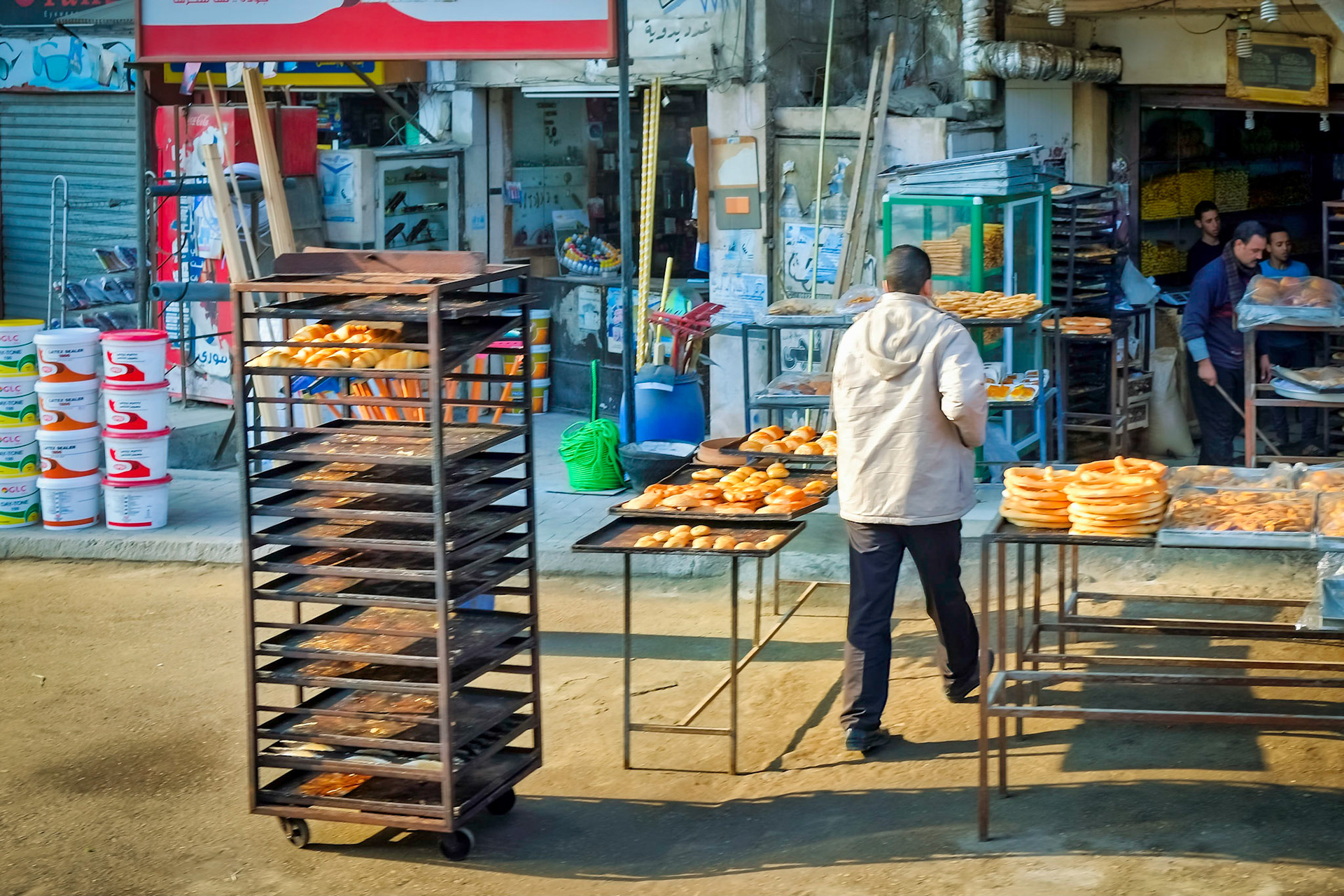
On the way from Cairo to Dashur (through bus window)
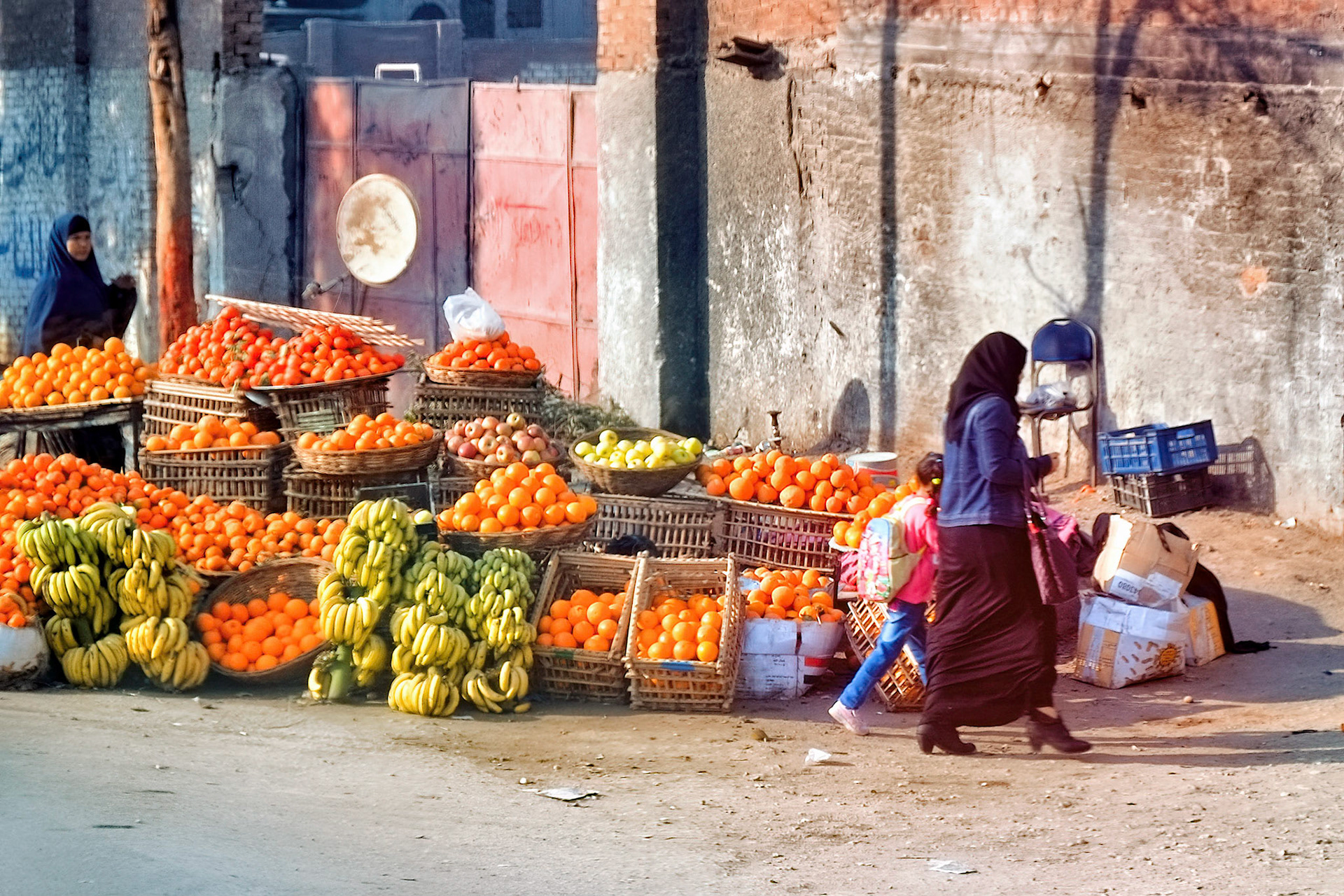
On the way from Cairo to Dashur (through bus window)
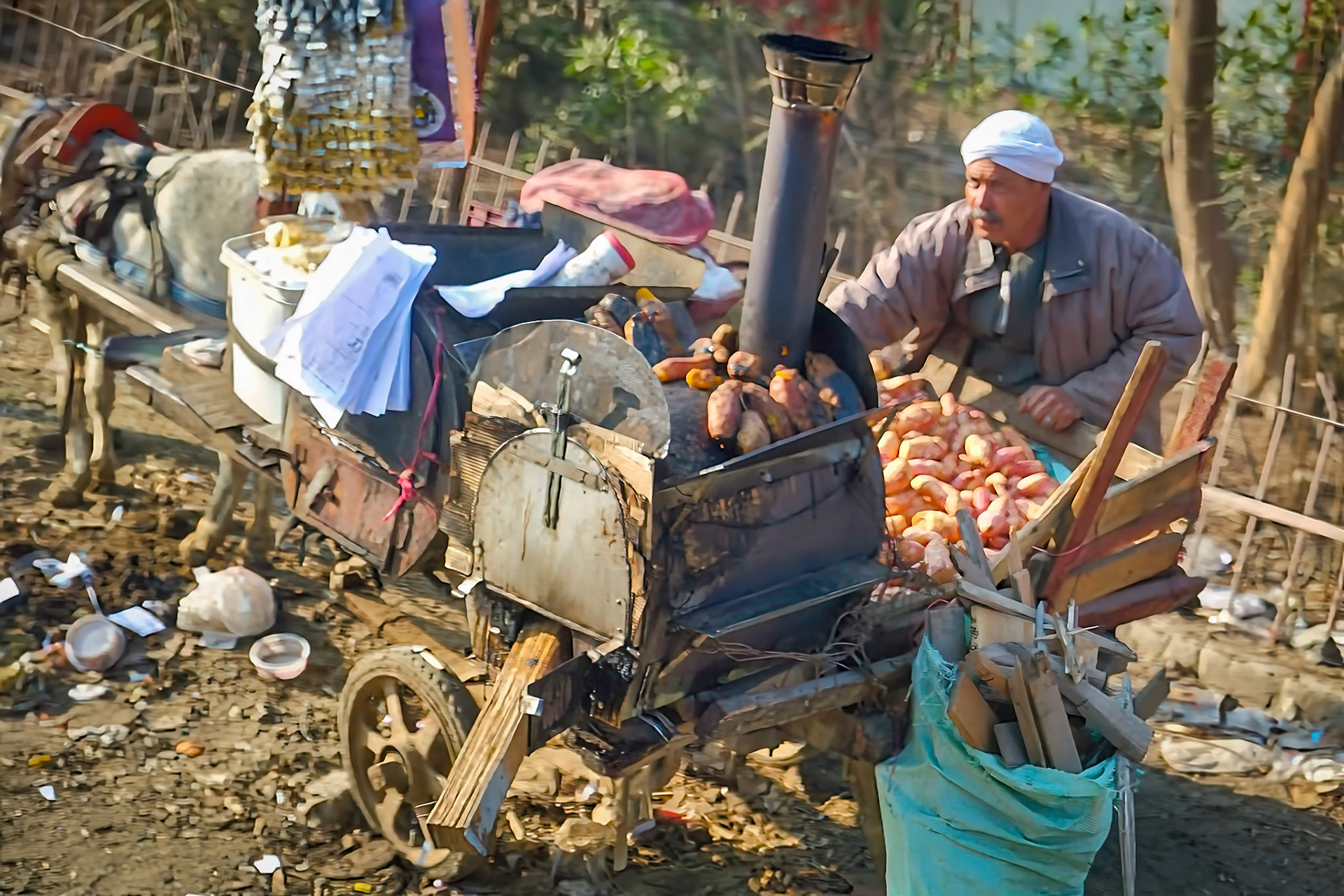
On the way from Cairo to Dashur (through bus window)
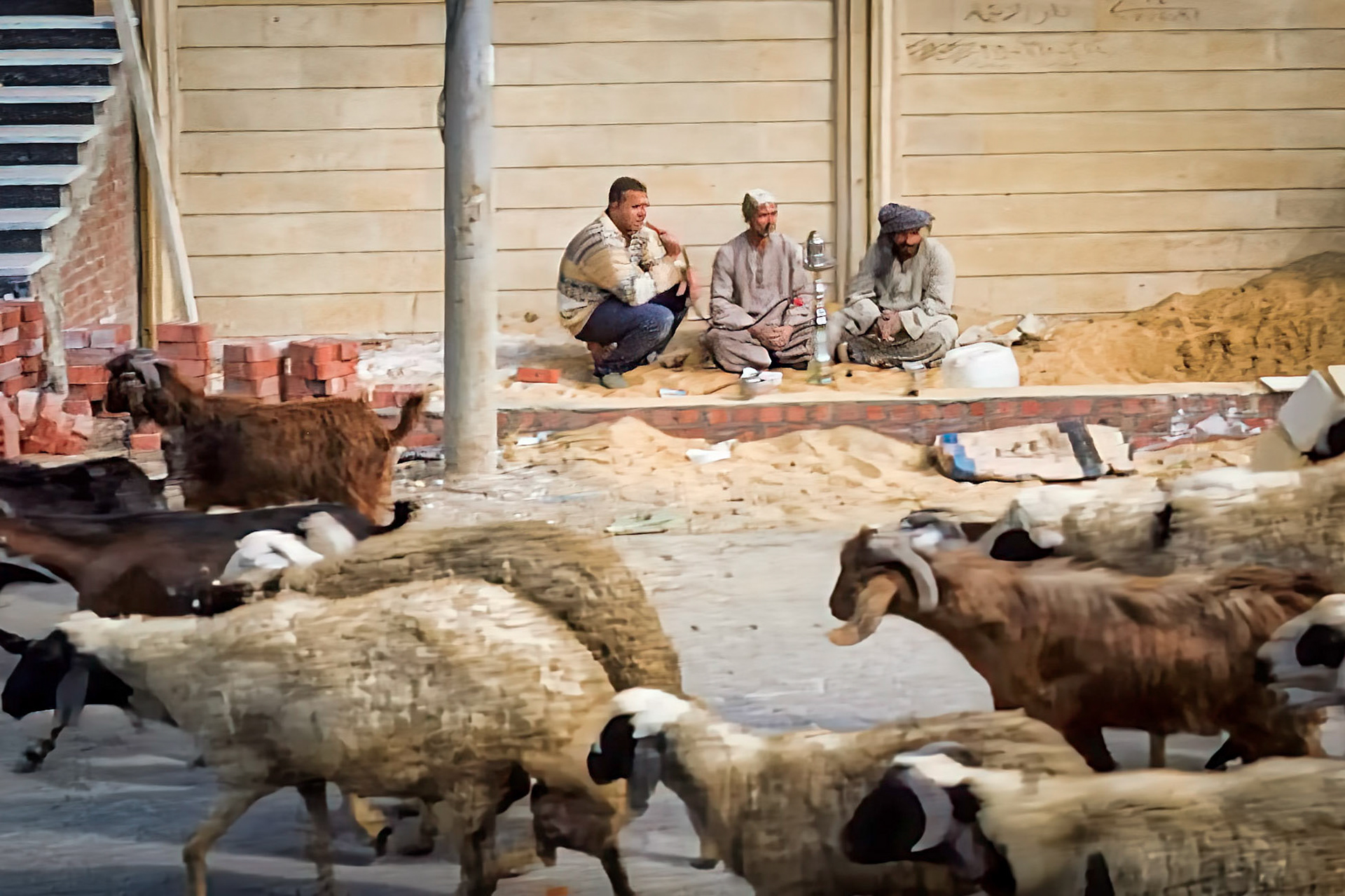
On the way from Cairo to Dashur (through bus window)
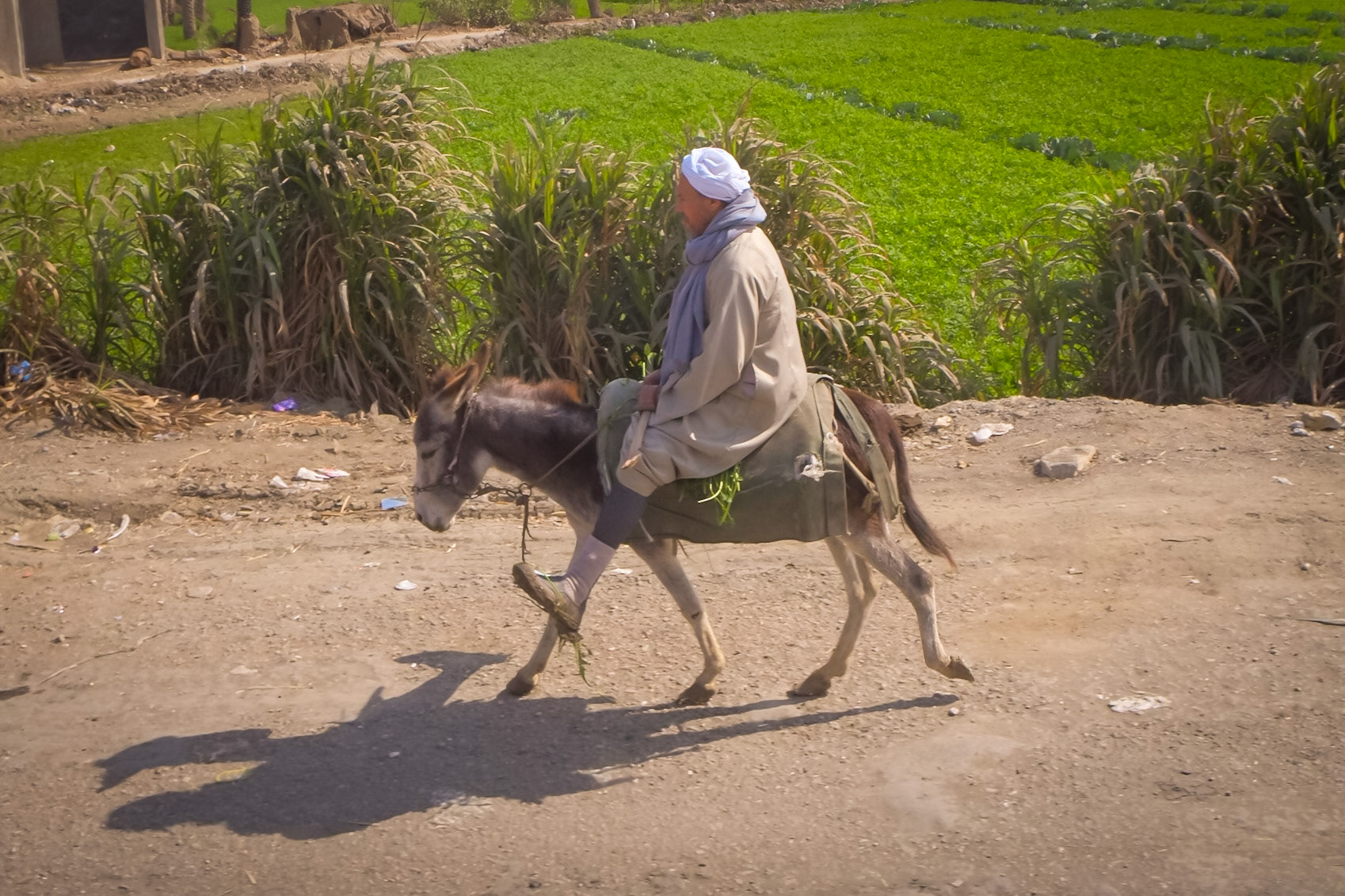
On the way from Dashur to Cairo (through bus window)
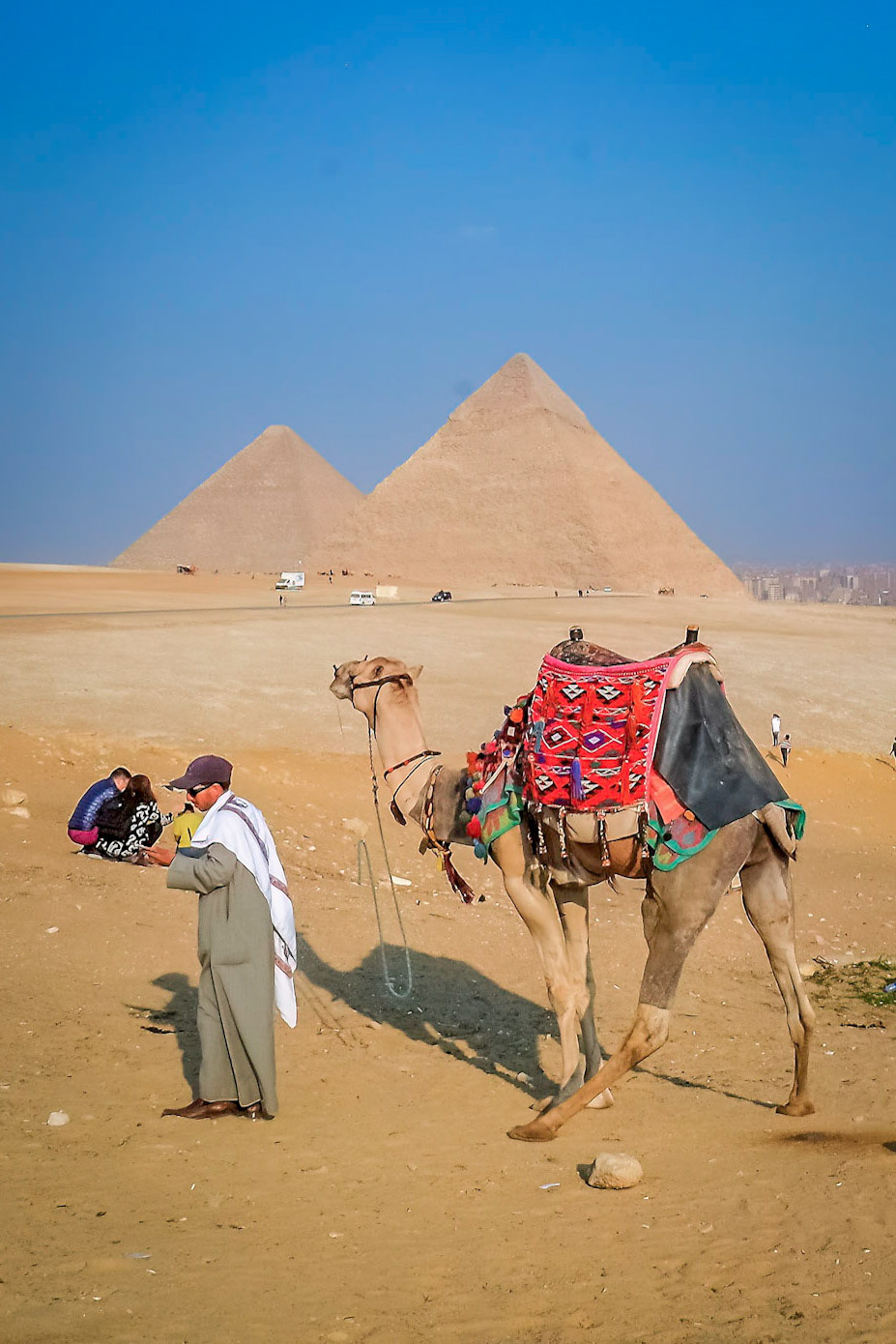
Giza Plateau
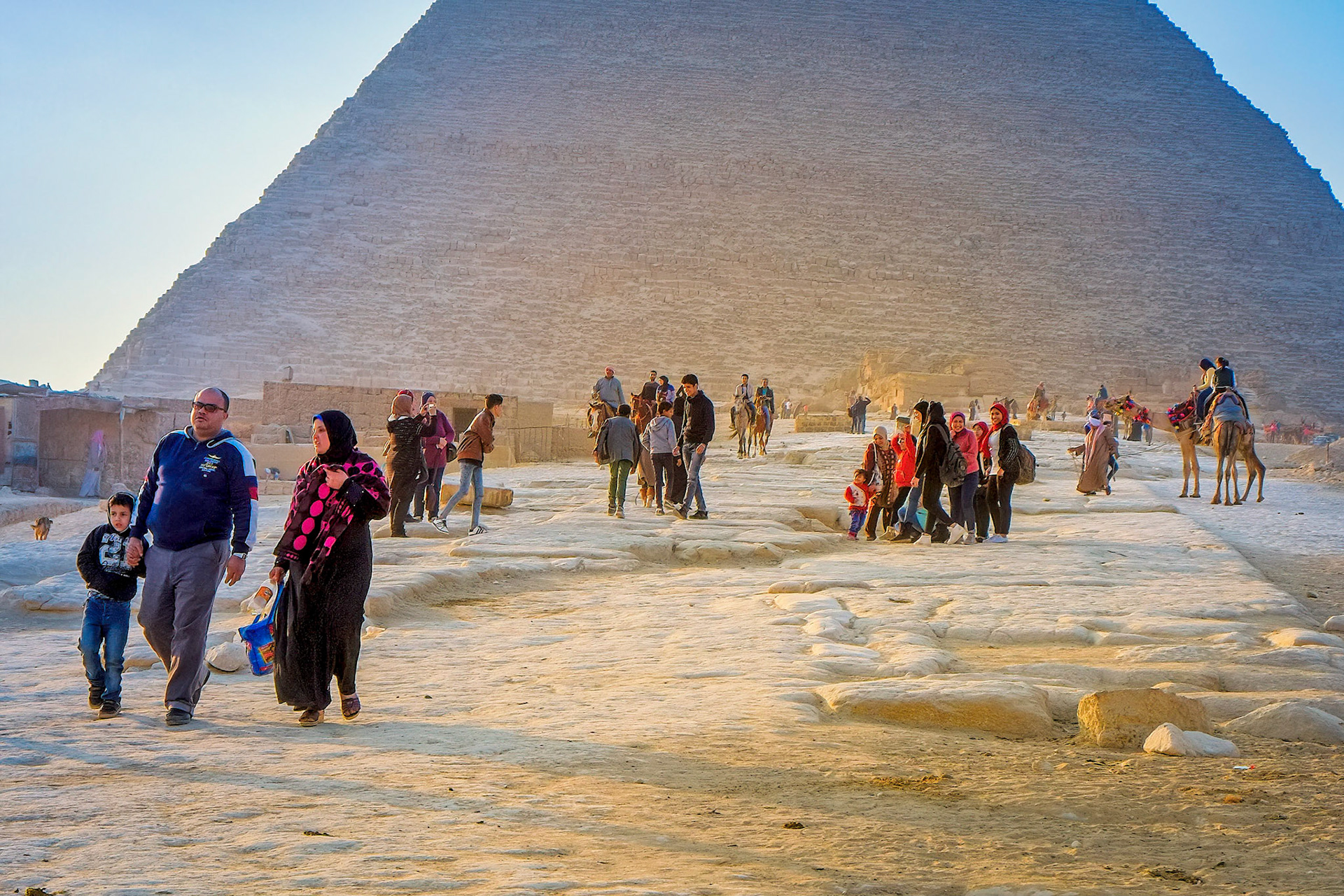
Giza Plateau, Pyramid of Khufu in background
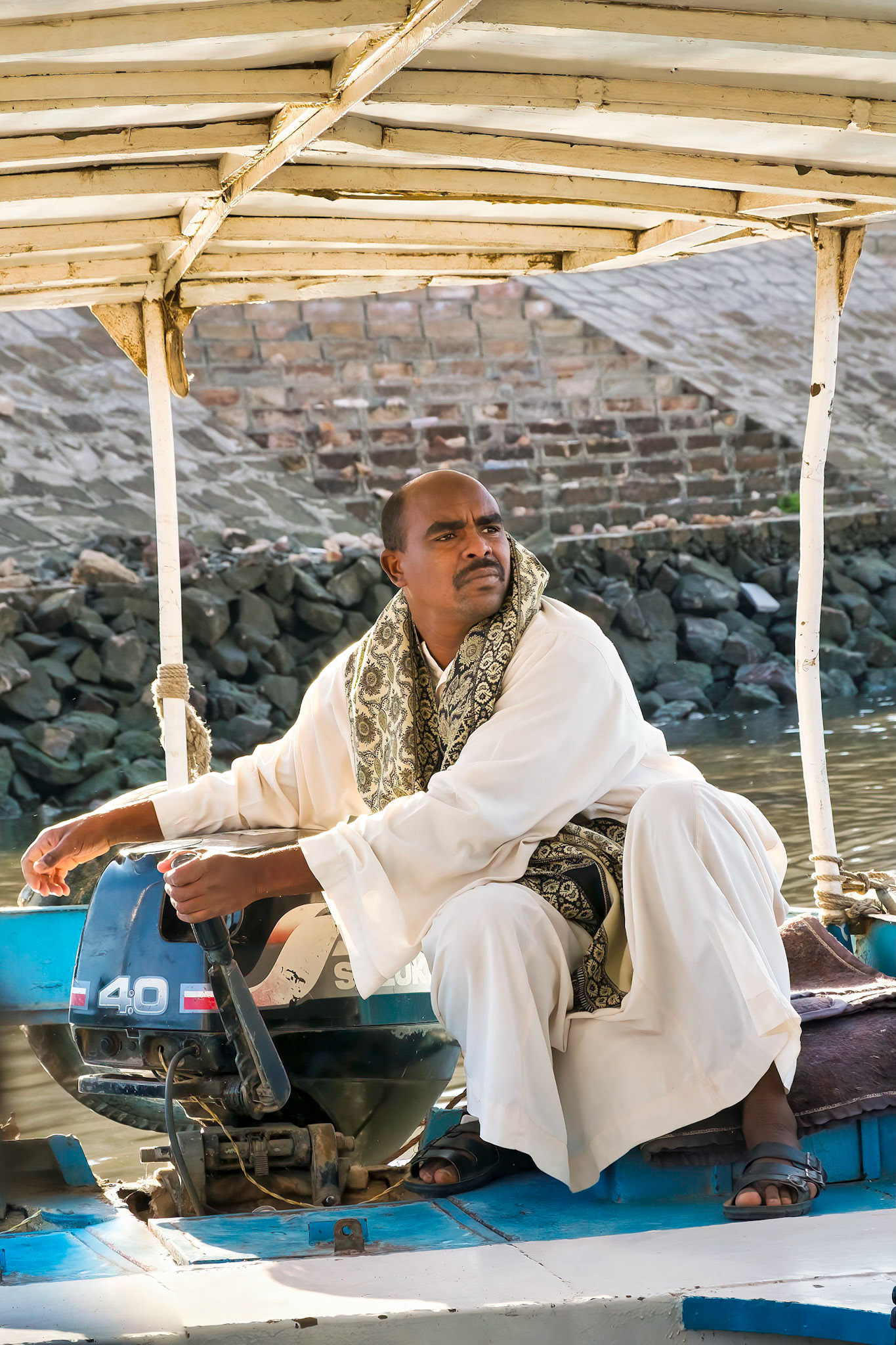
Boatman that took us to Philae
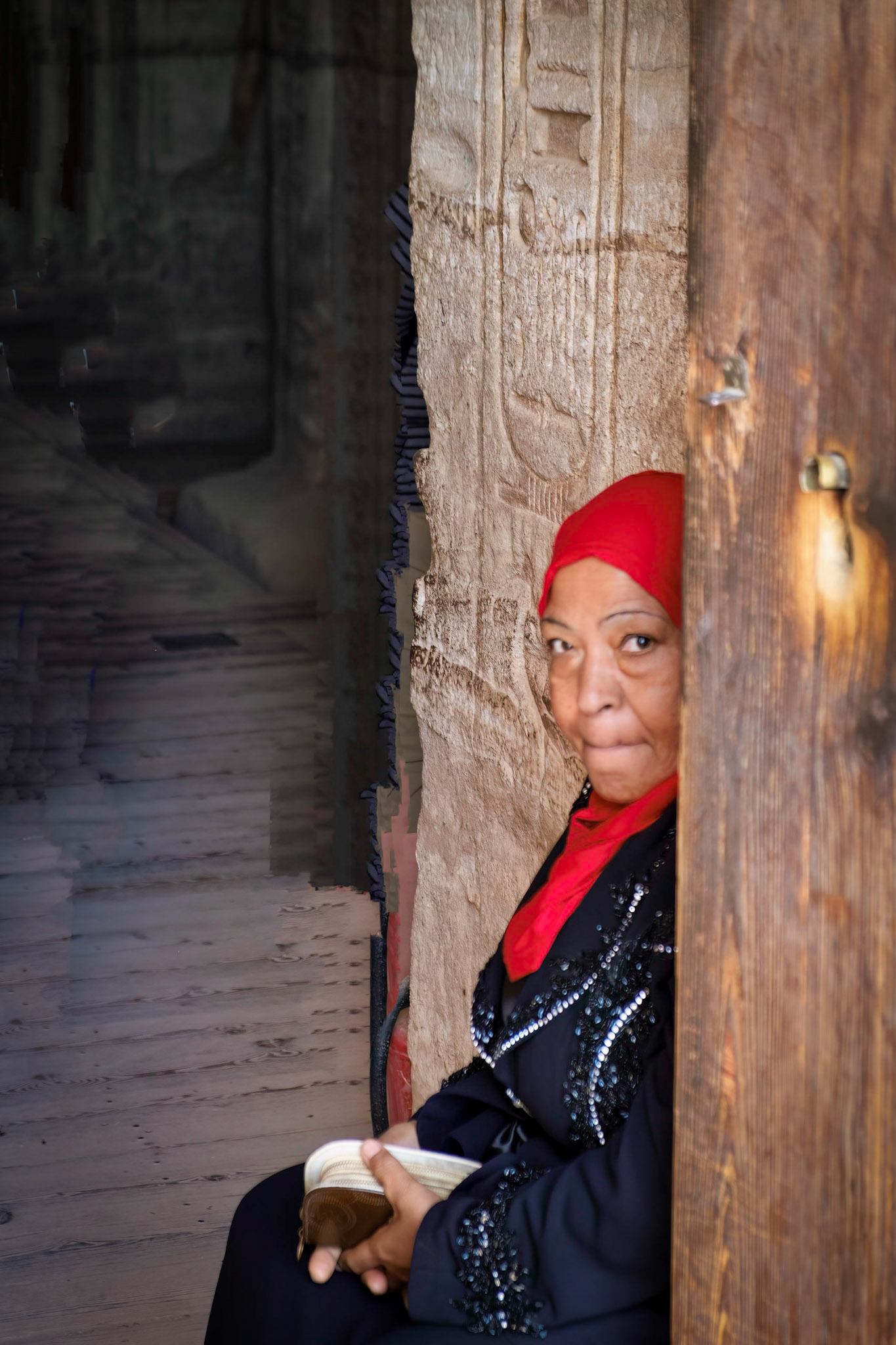
Guard at entrance to Temple of Ramseses II at Abu Simbel
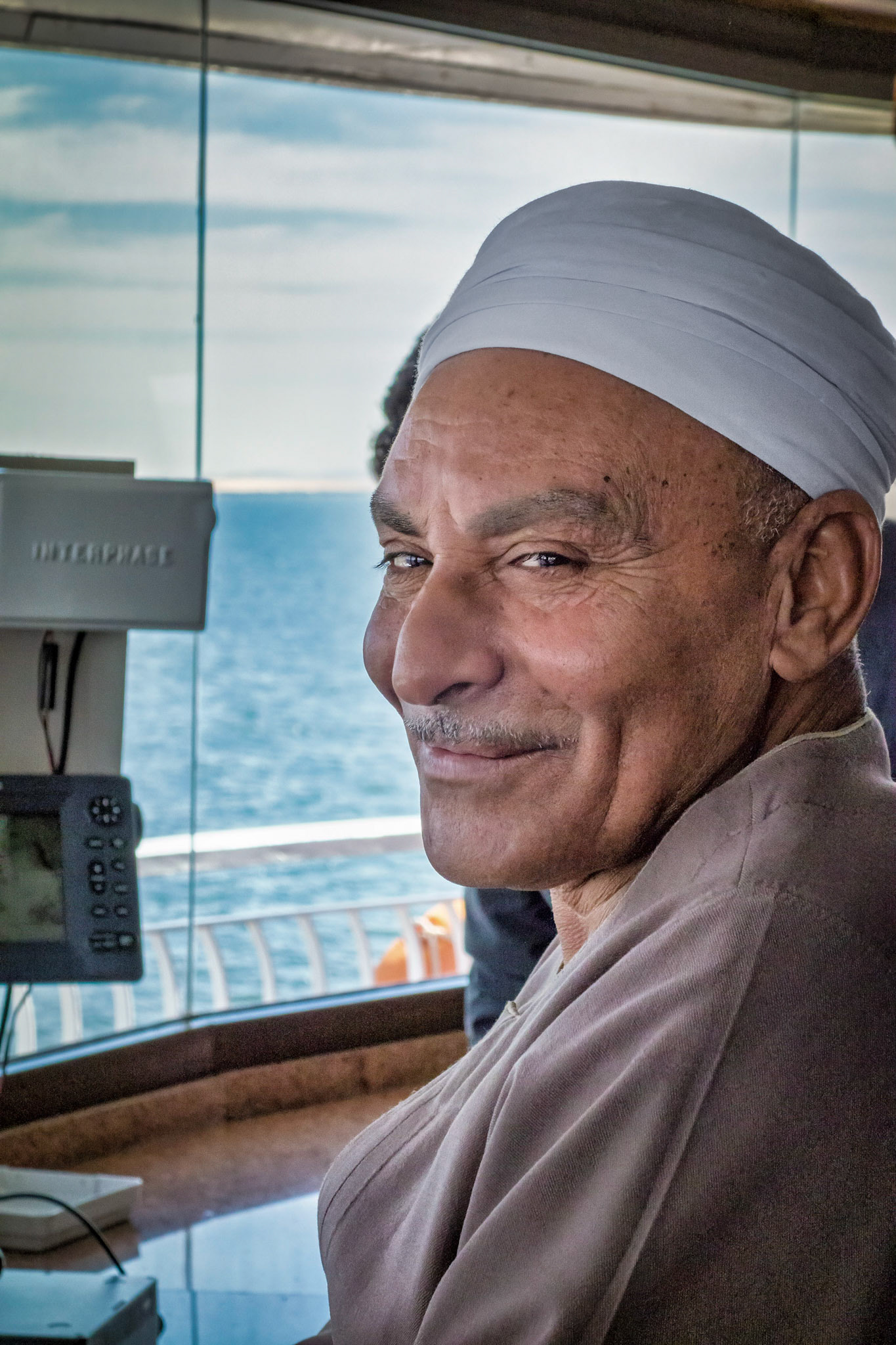
Captain of the ship on Lake Nassar
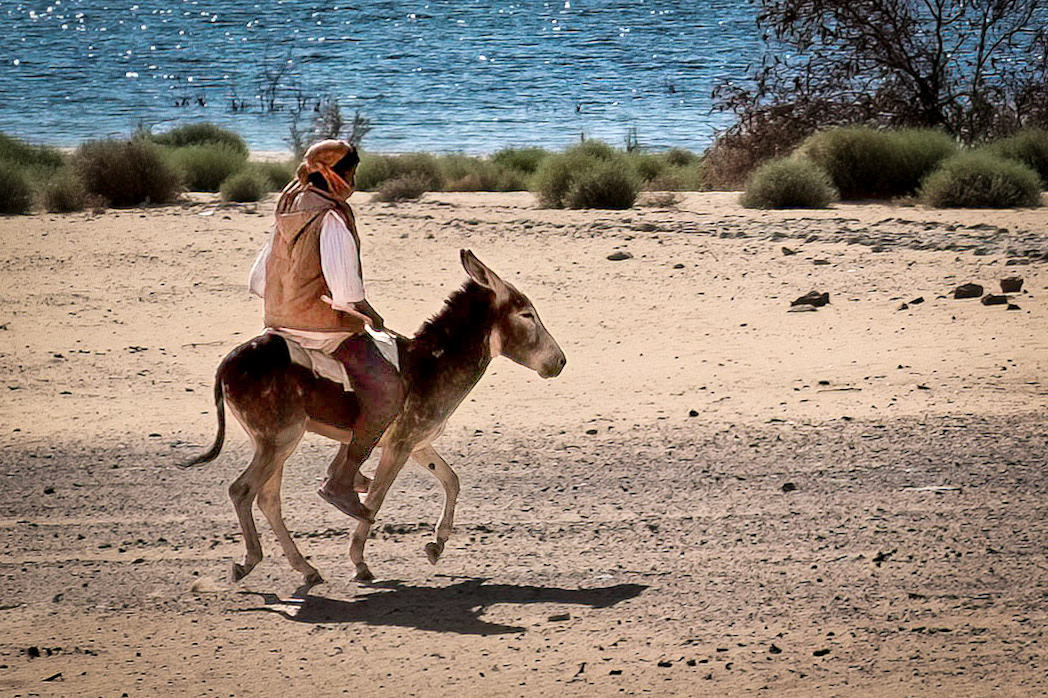
On island in Lake Nassar containing Temple of Derr
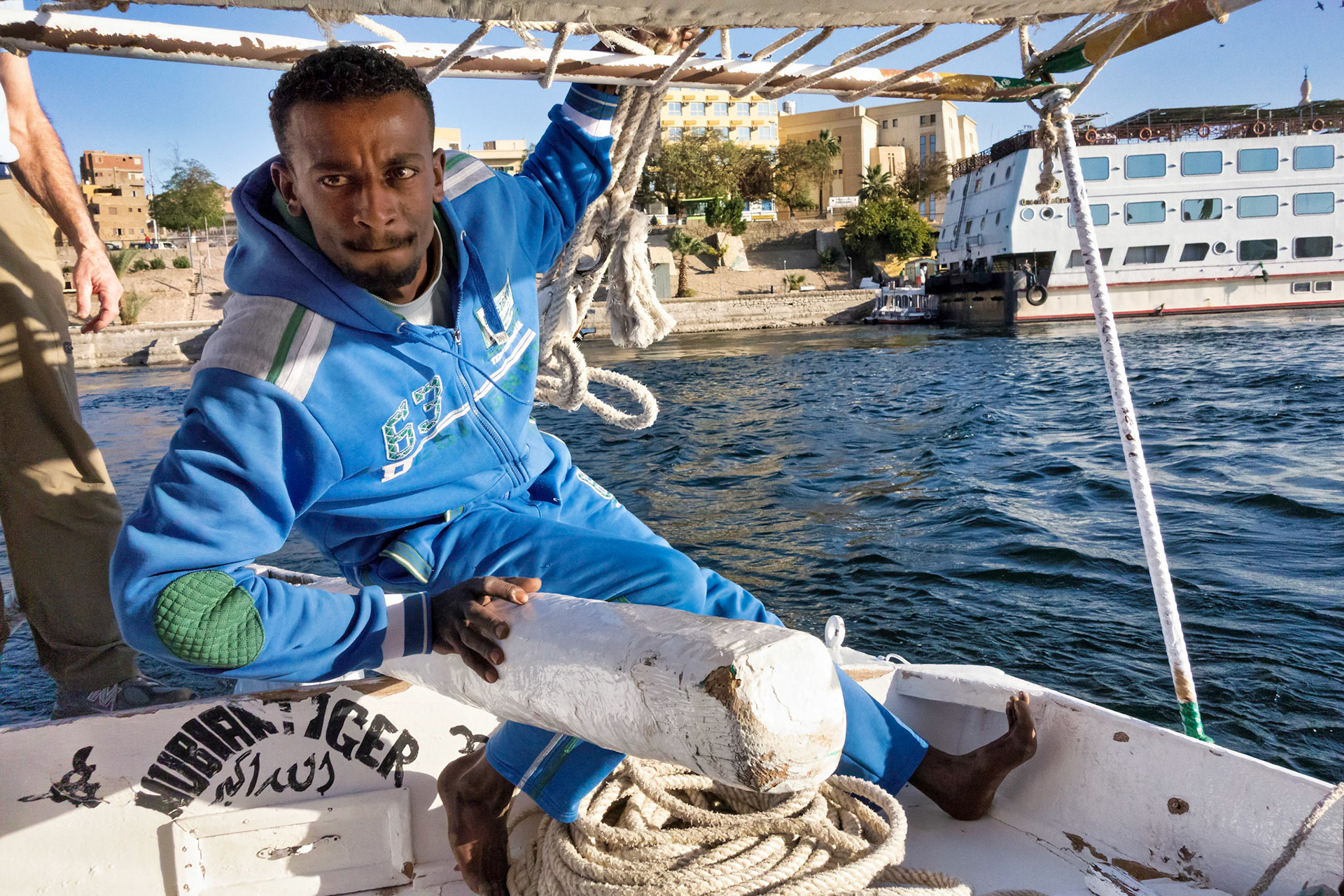
Steersman on felucca at Aswan
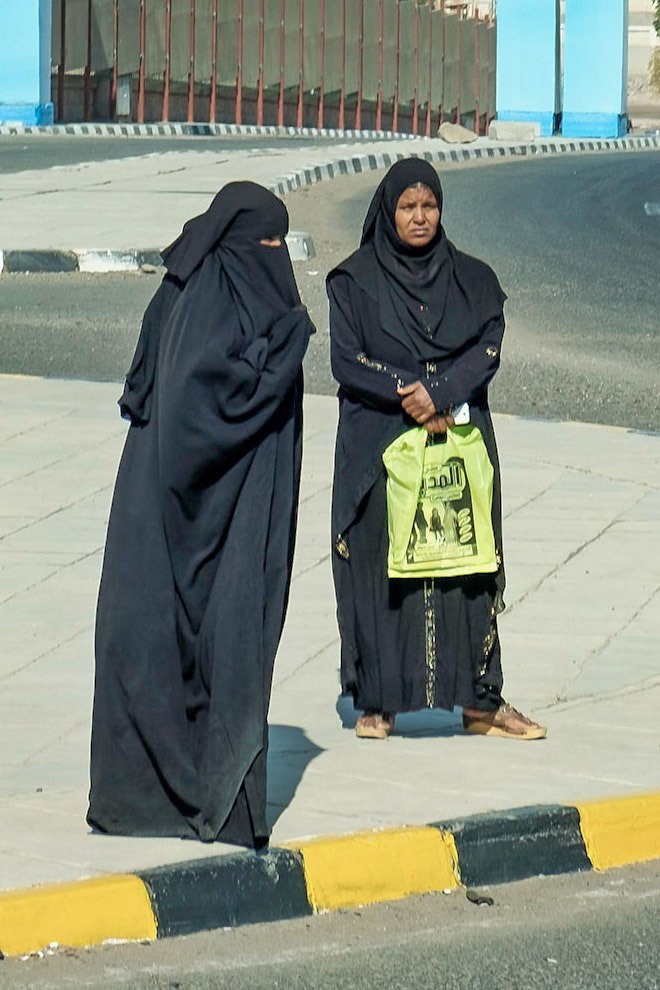
Women crossing a street in Ashwan (shot from bus)
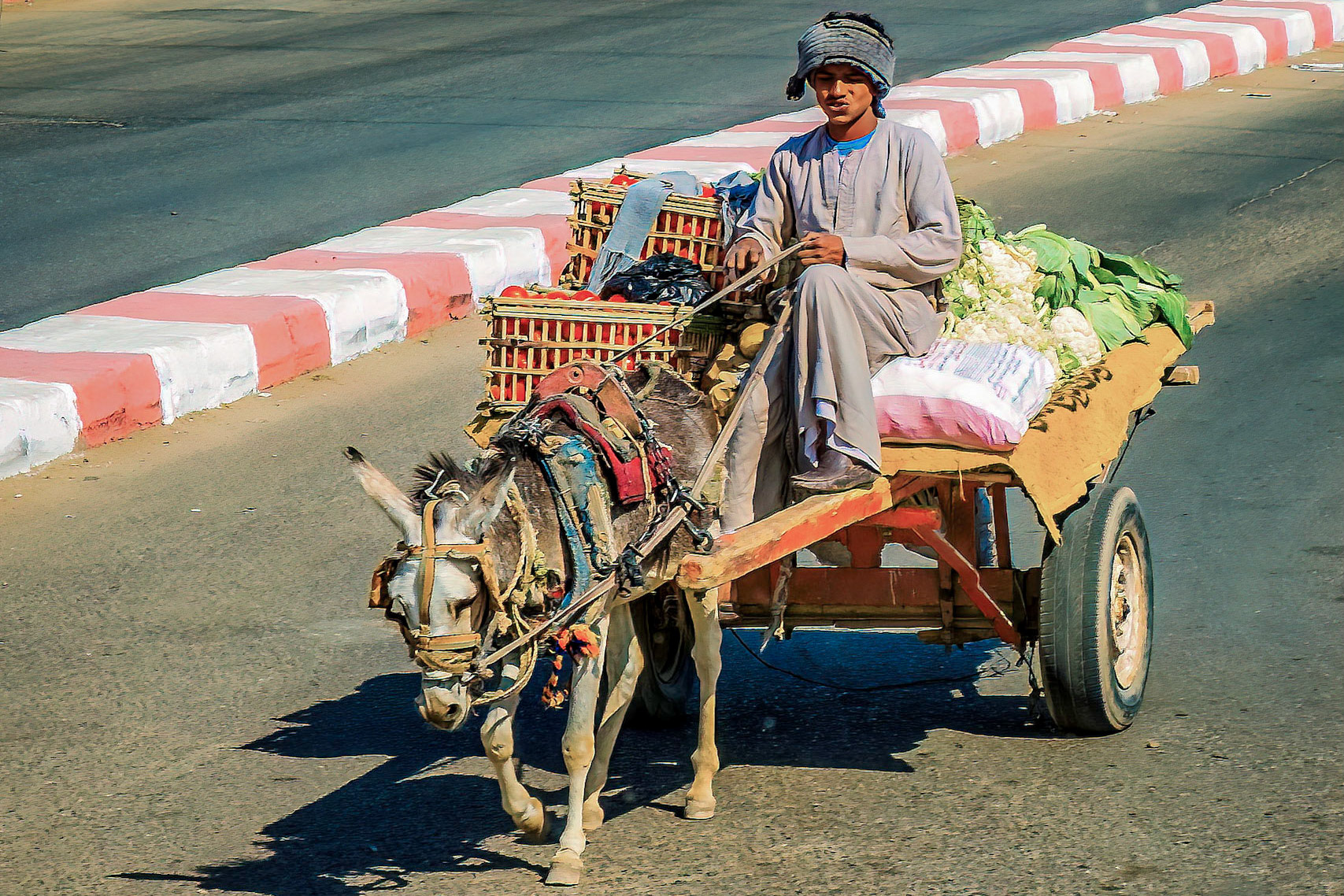
Scene from bus on way to Nubian Museum in Ashwan
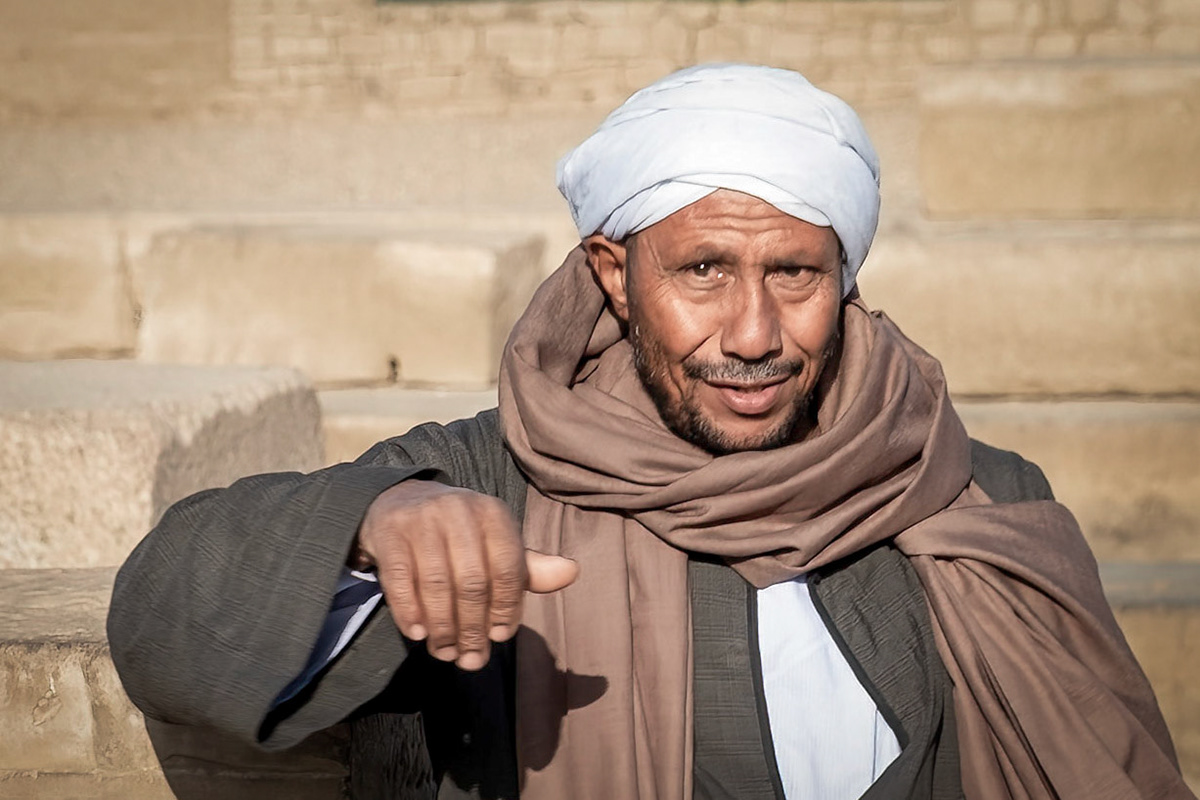
Guard, Kom Ombo Temple
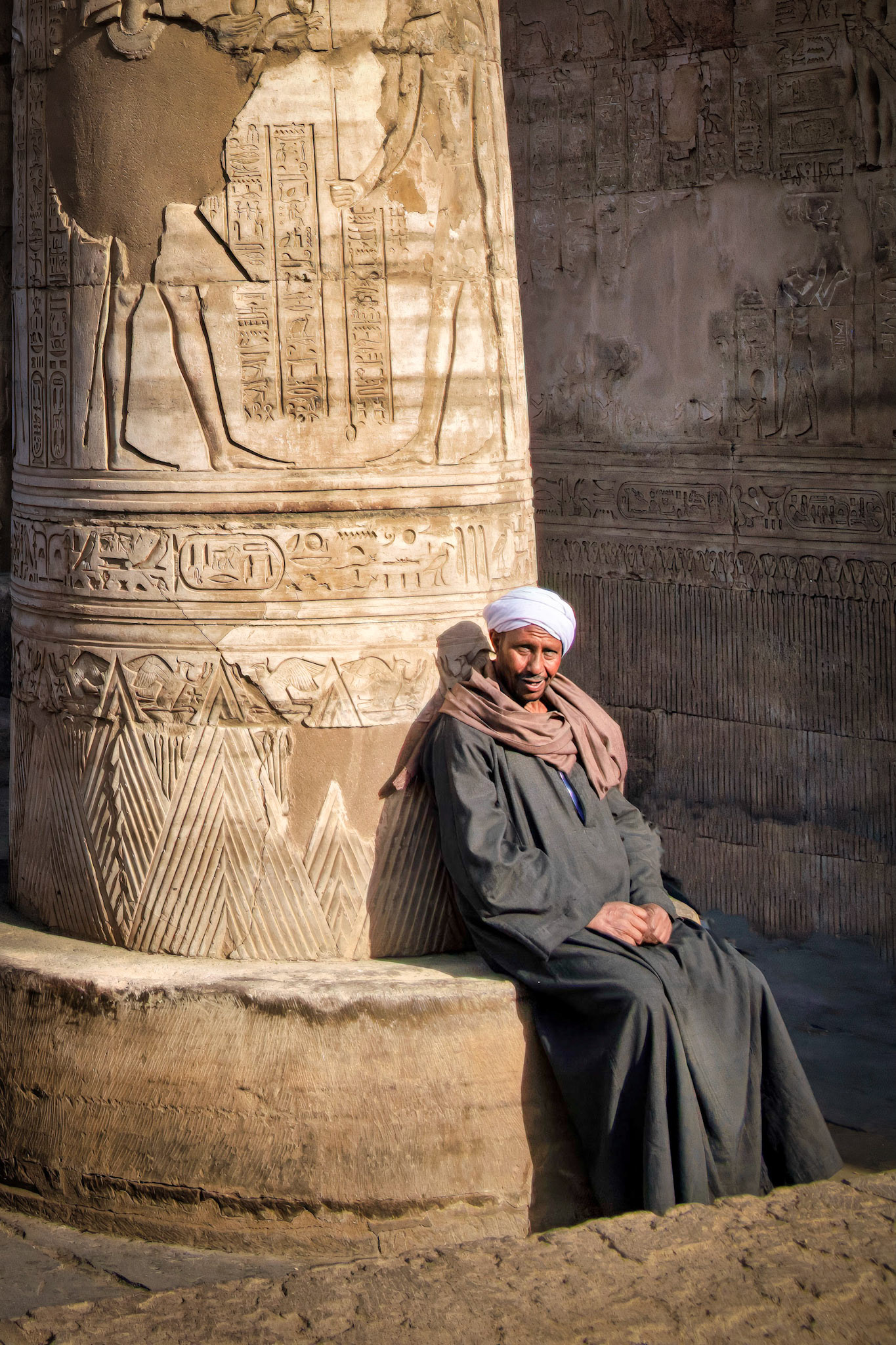
Guard at Kom Ombo Temple
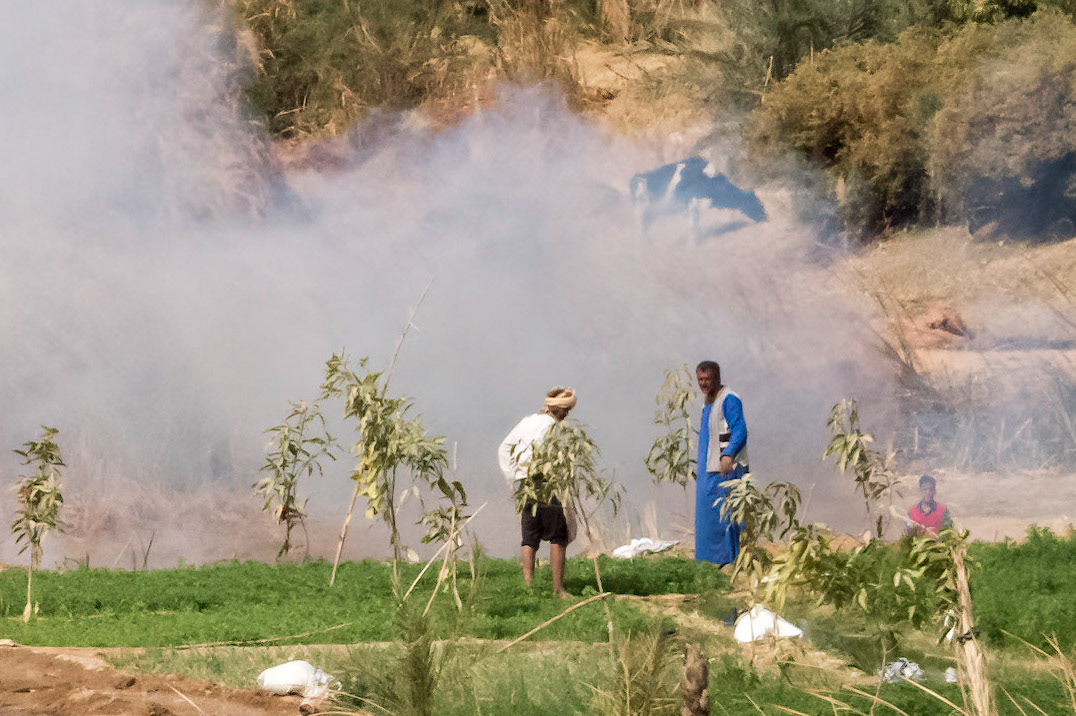
Scene from ship on way to Edfu
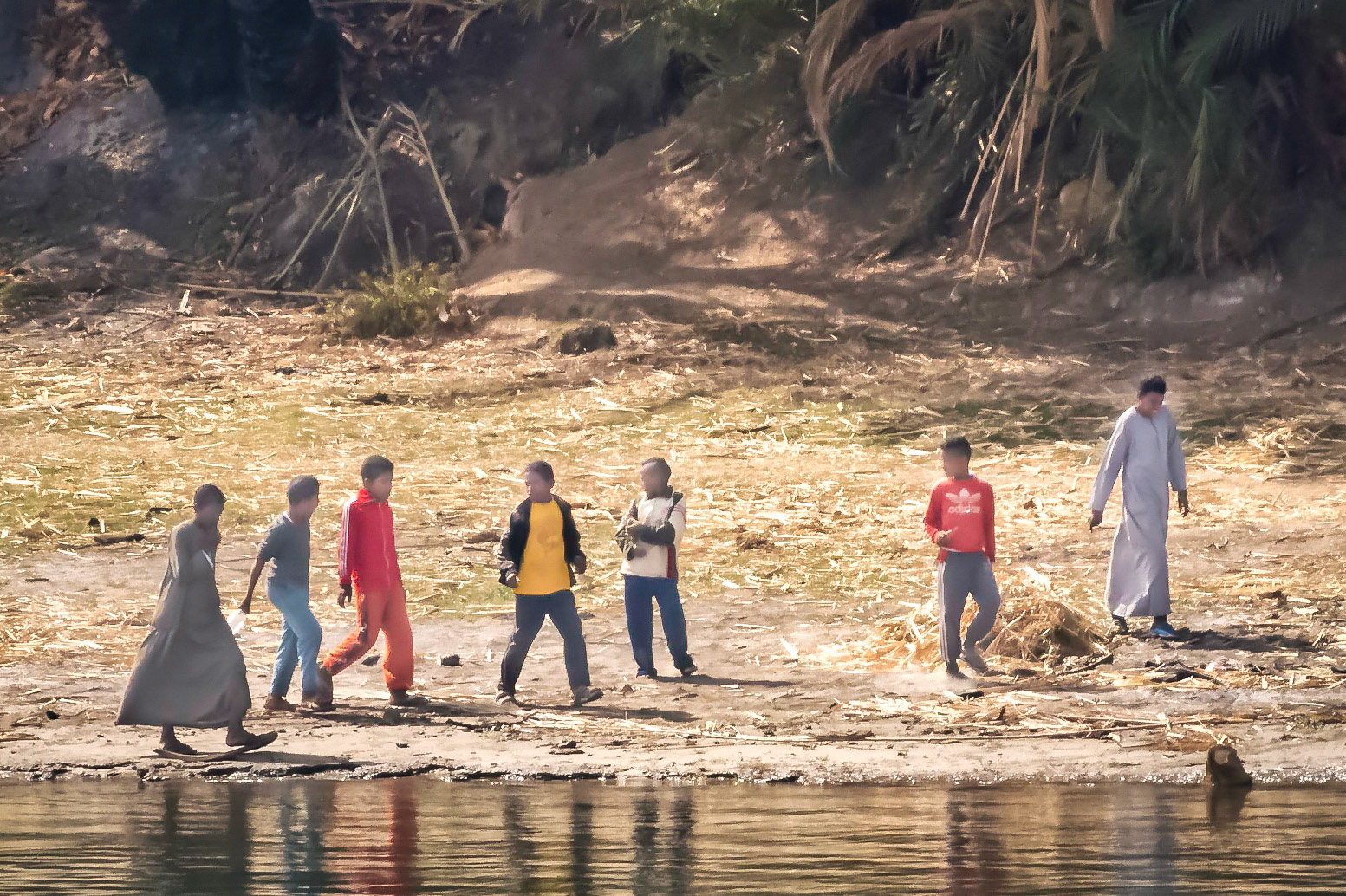
Scene from ship on way to Edfu
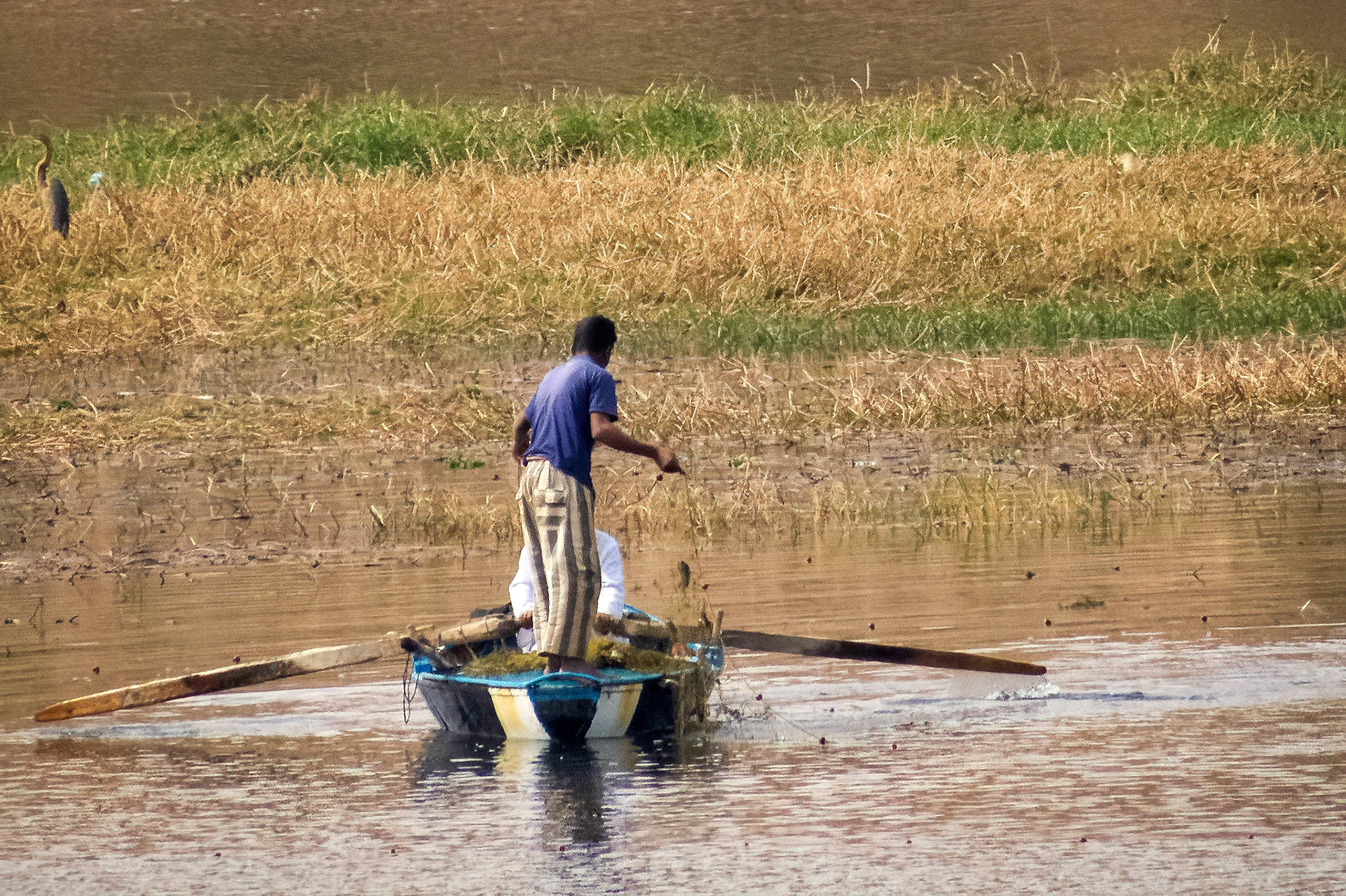
Fishermen on way to Edfu, note heron in upper left corner
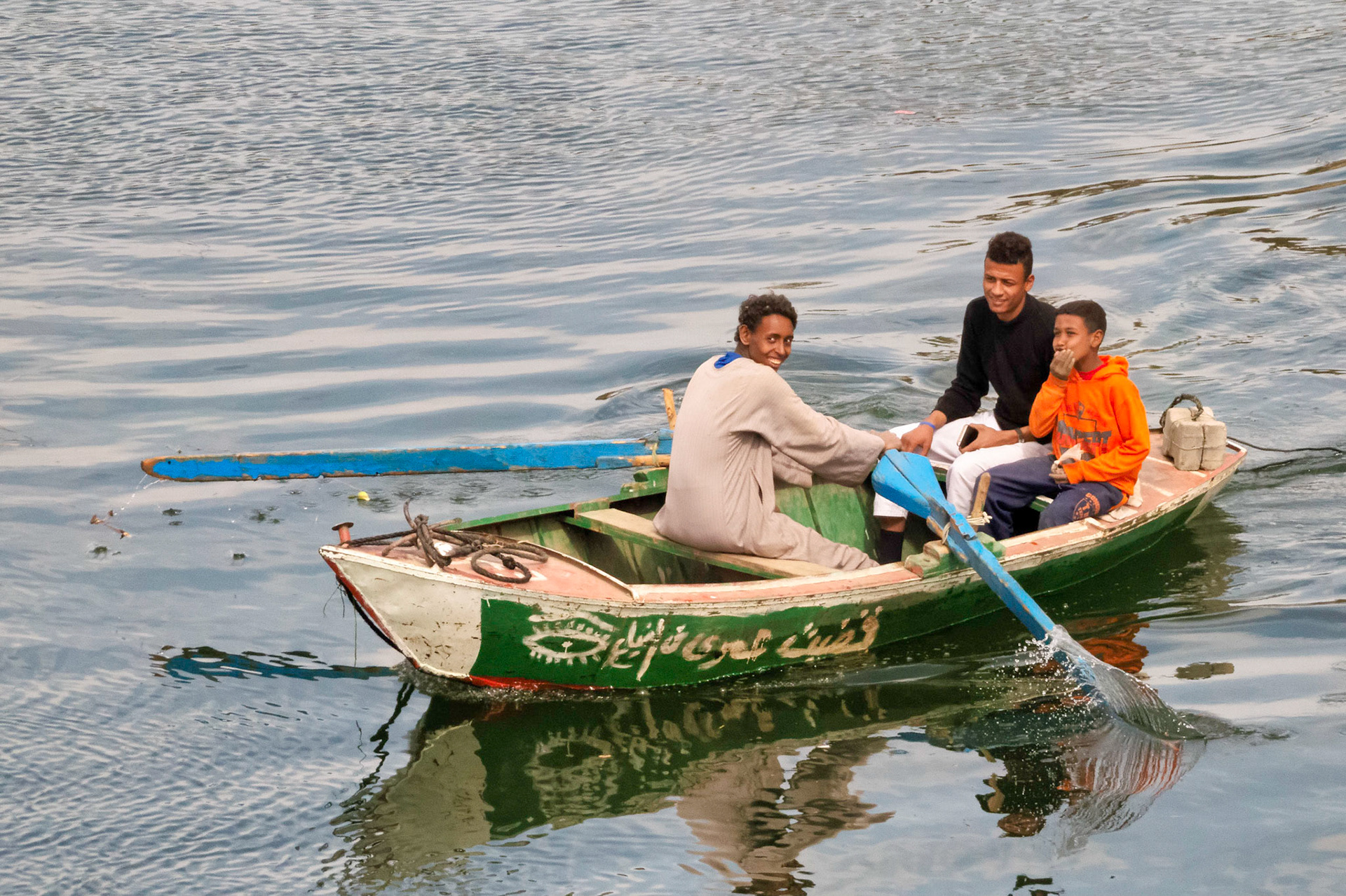
On the way to Edfu
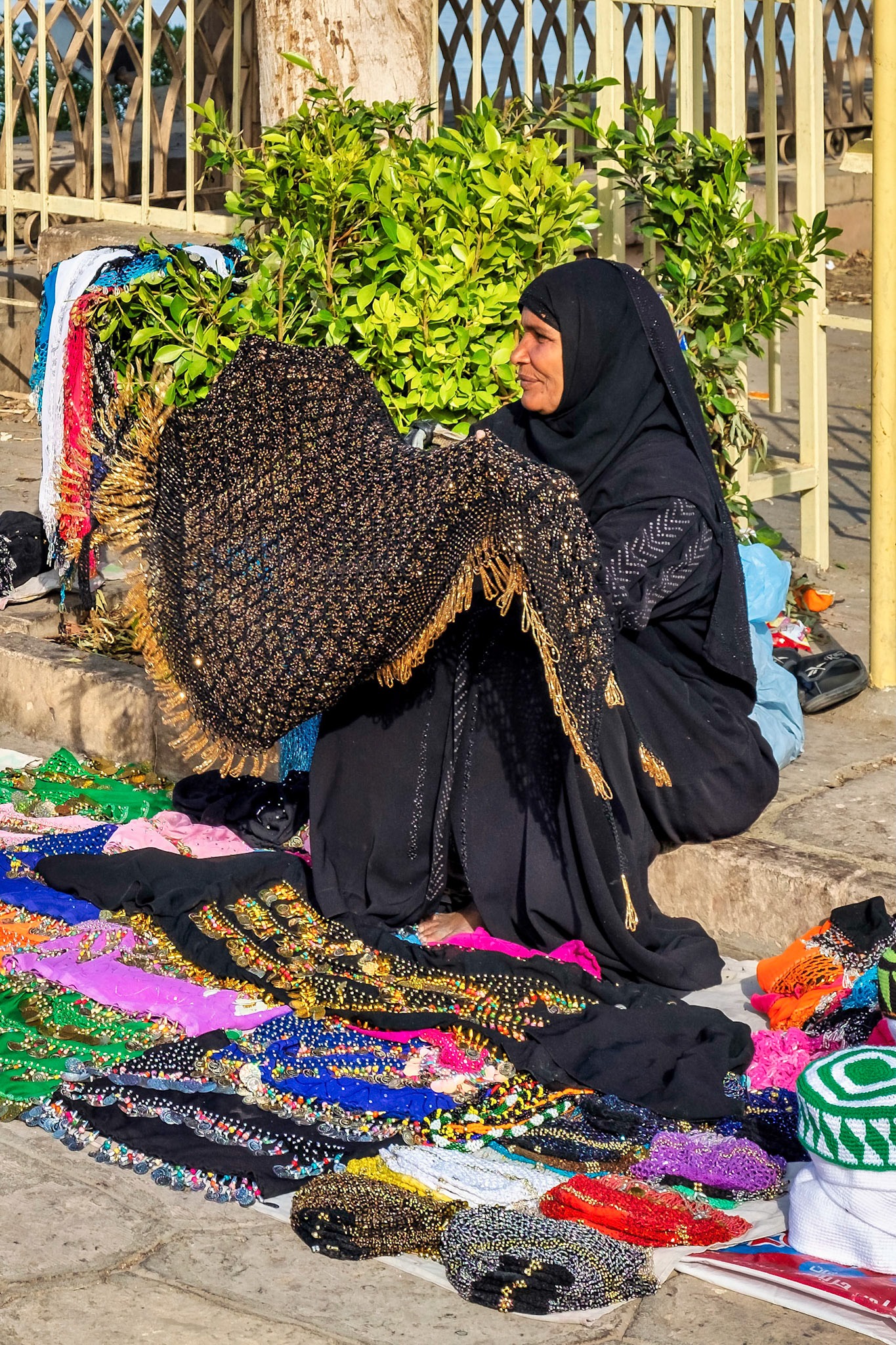
Souvenir seller at Kom Ombo
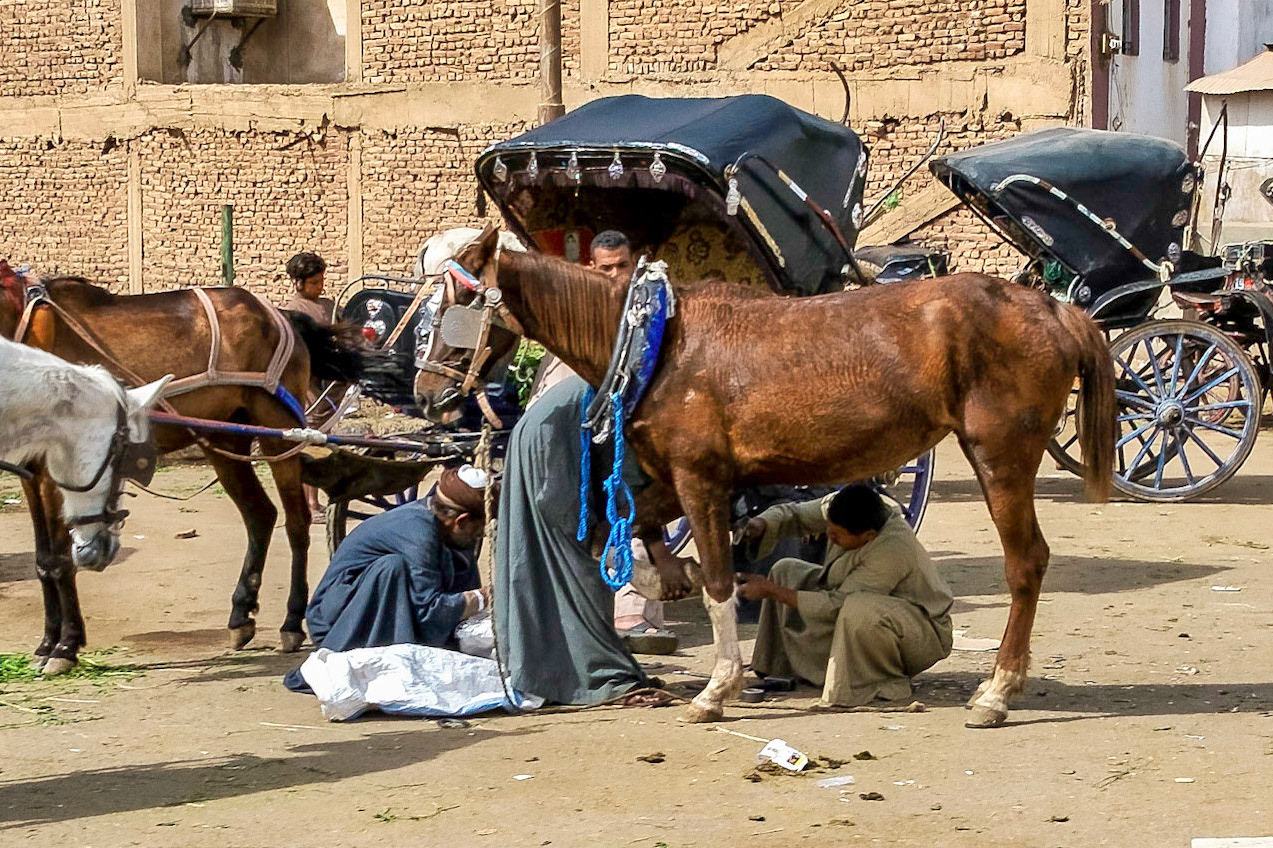
Buggies to take visitors from dock to temple at Edfu
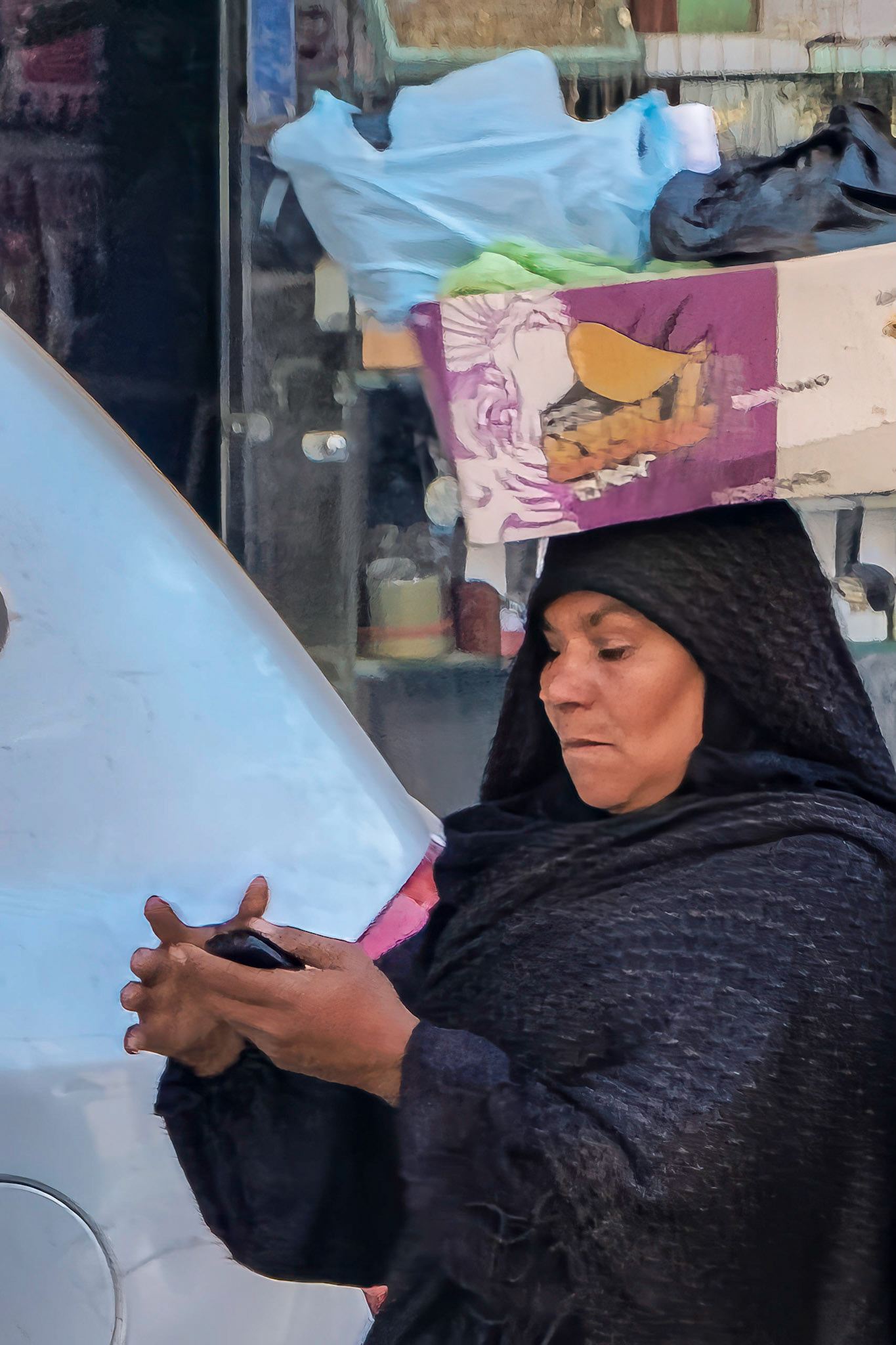
Scene from buggy on the way to Edfu Temple
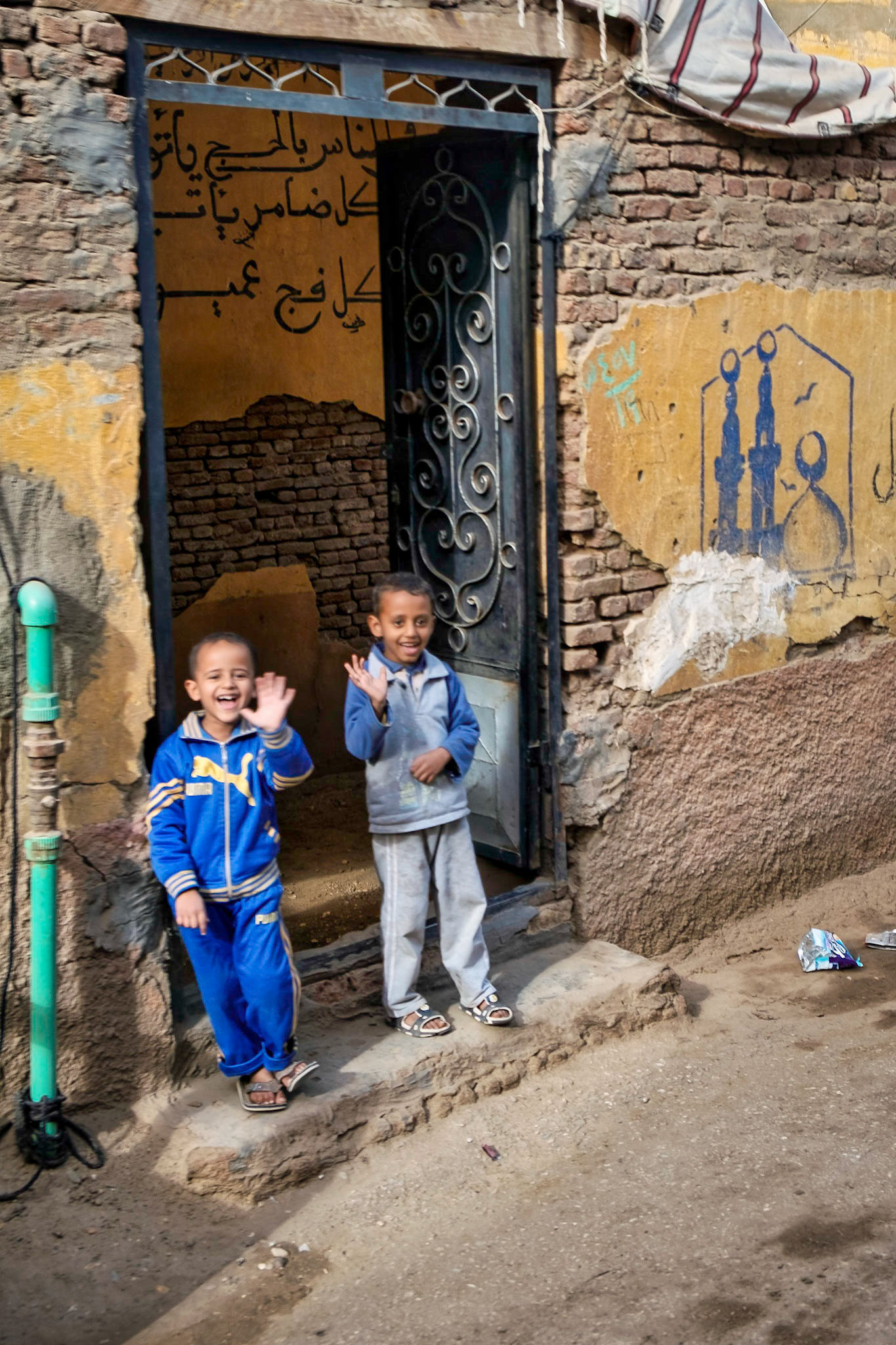
View from buggy on way back to the dock
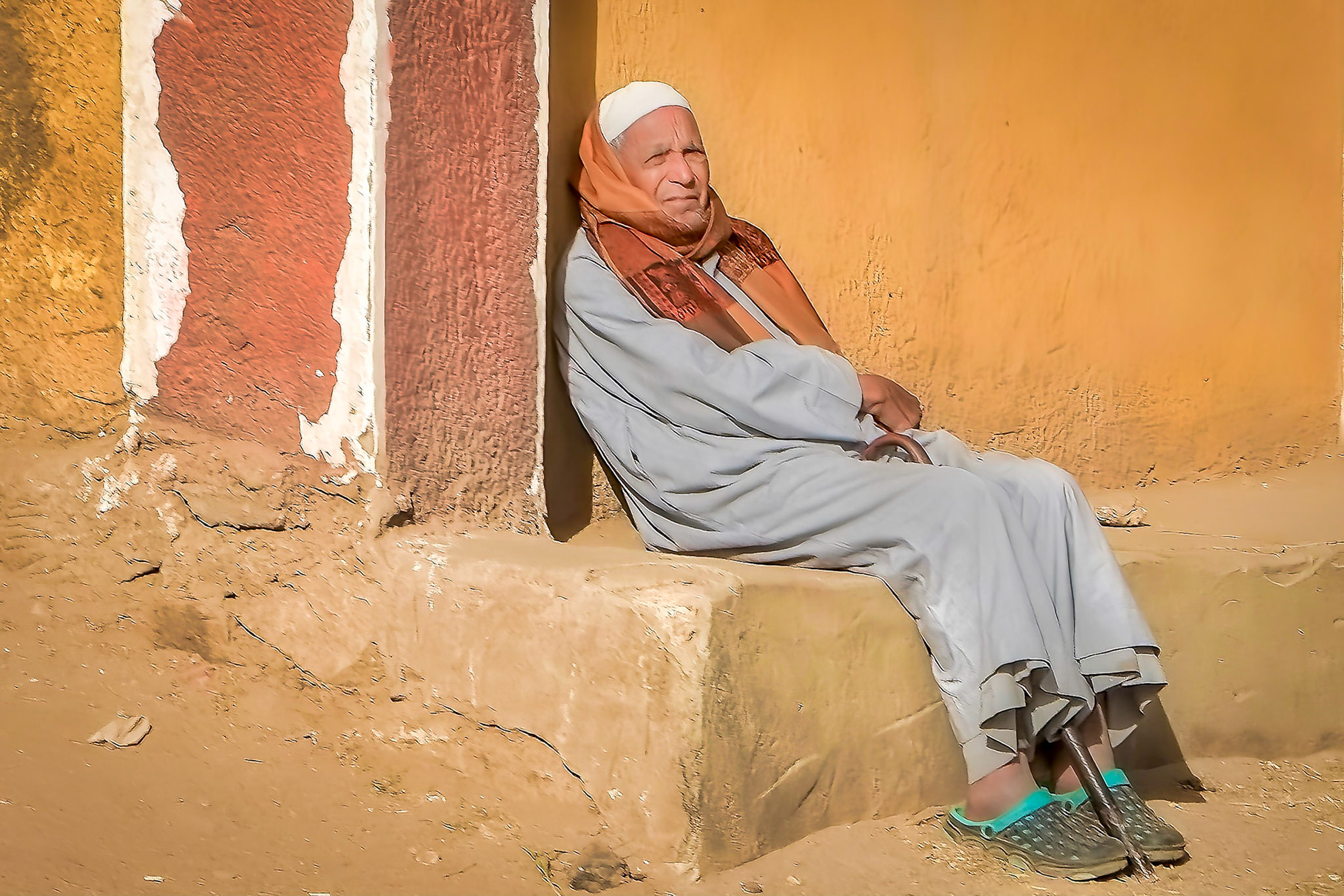
View from buggy on way back to the dock, Edfu
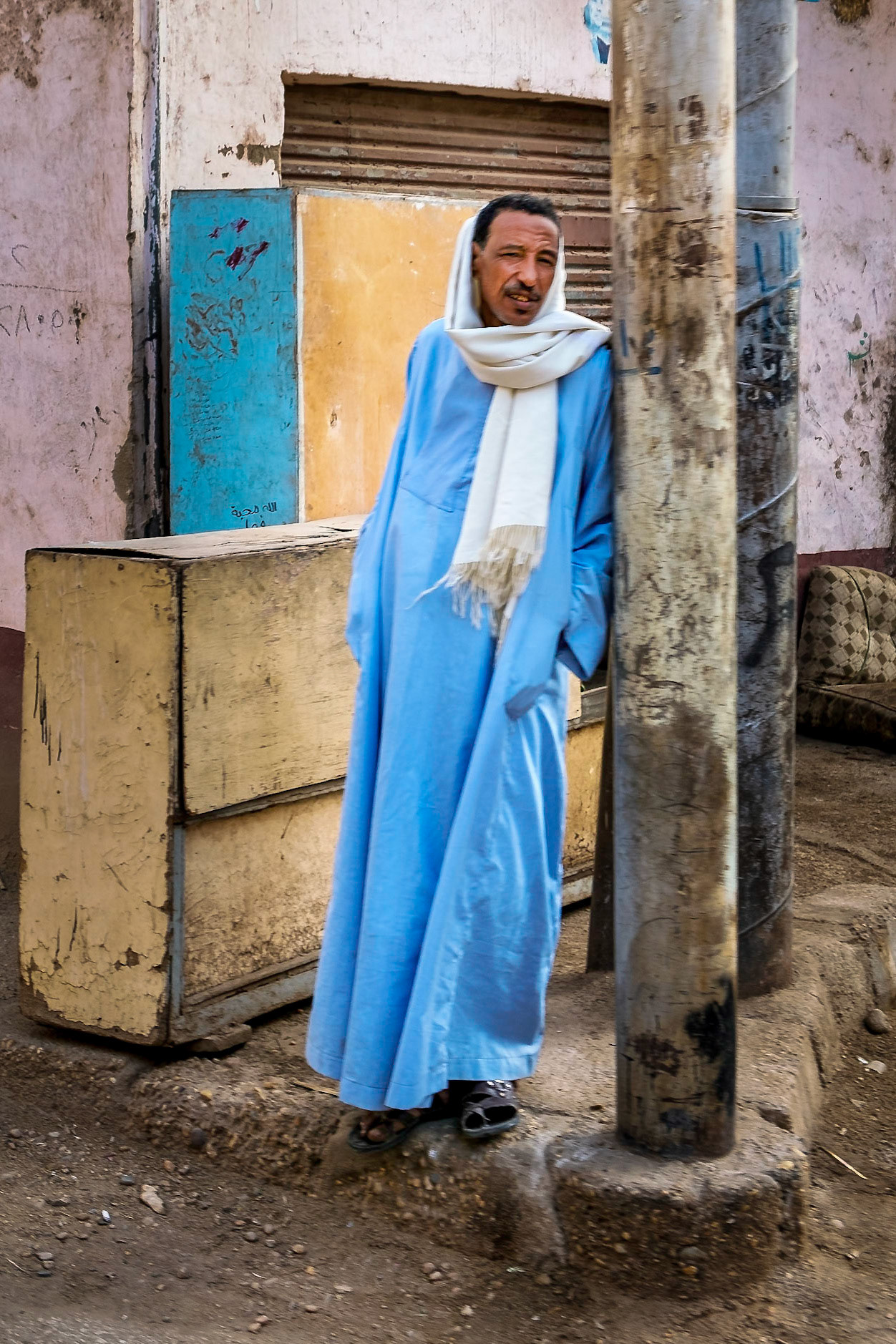
View from buggy on way back to the dock, Edfu
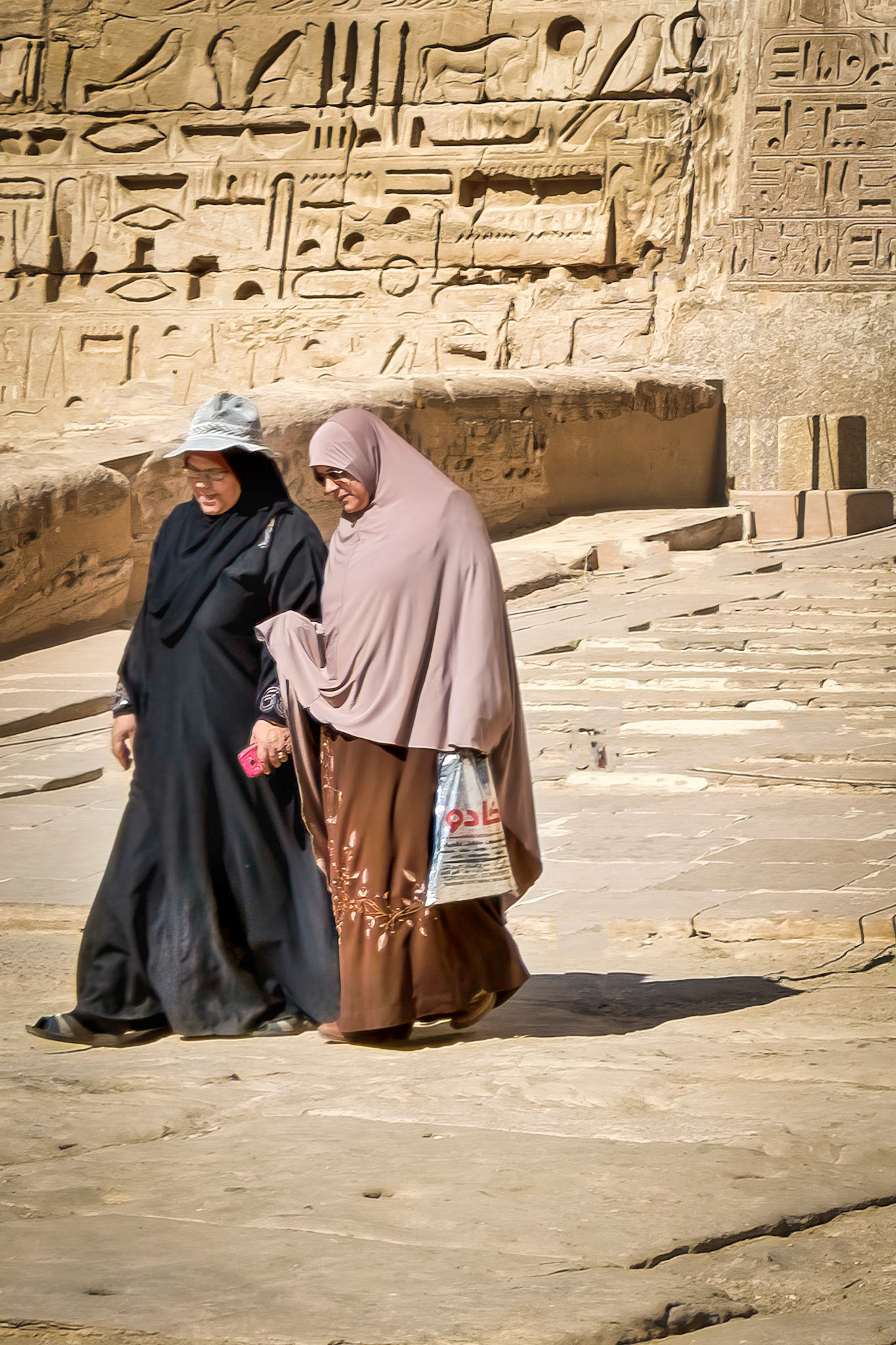
Women leaving Medinet Habu
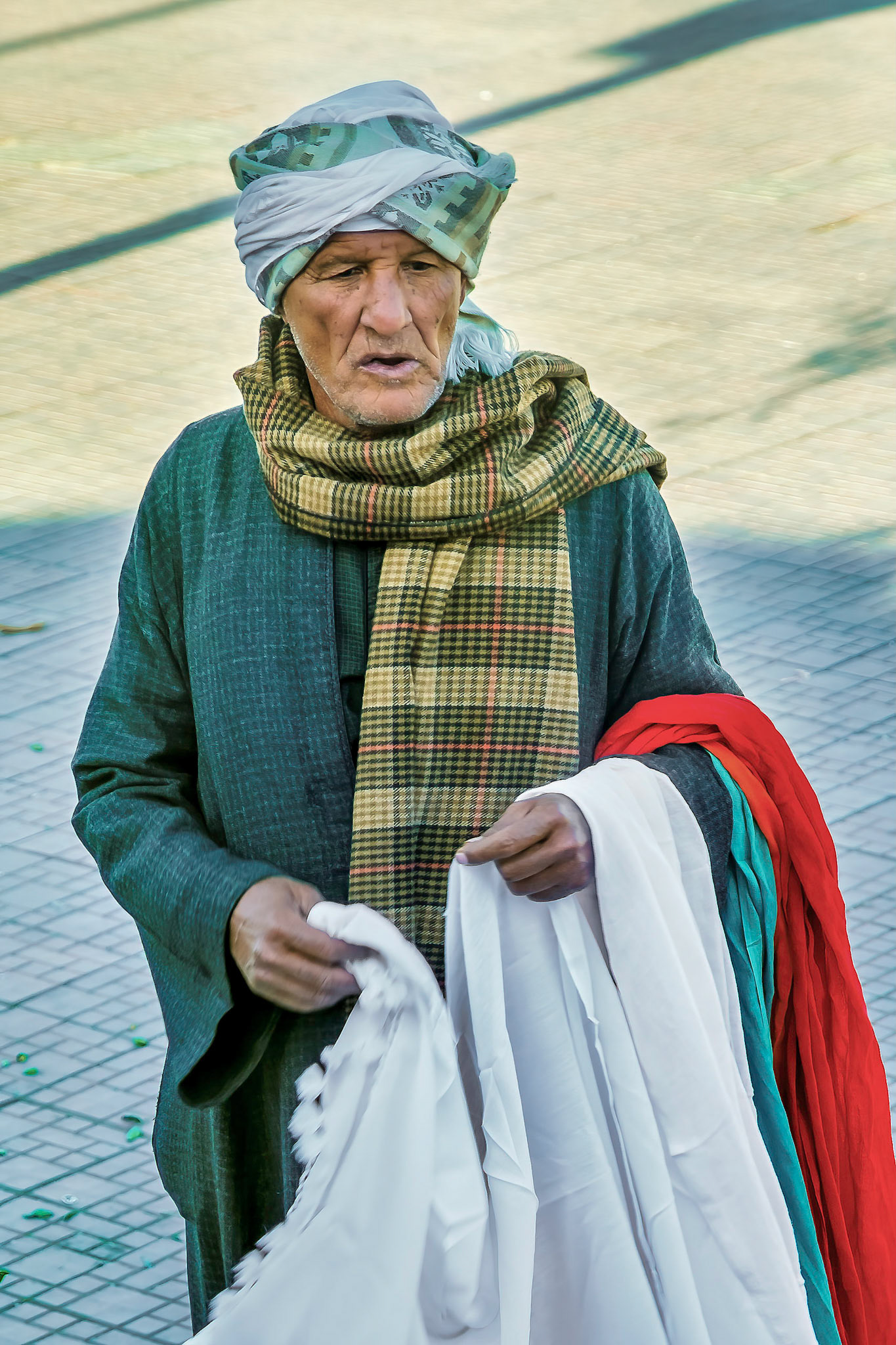
Scarf seller outside bus
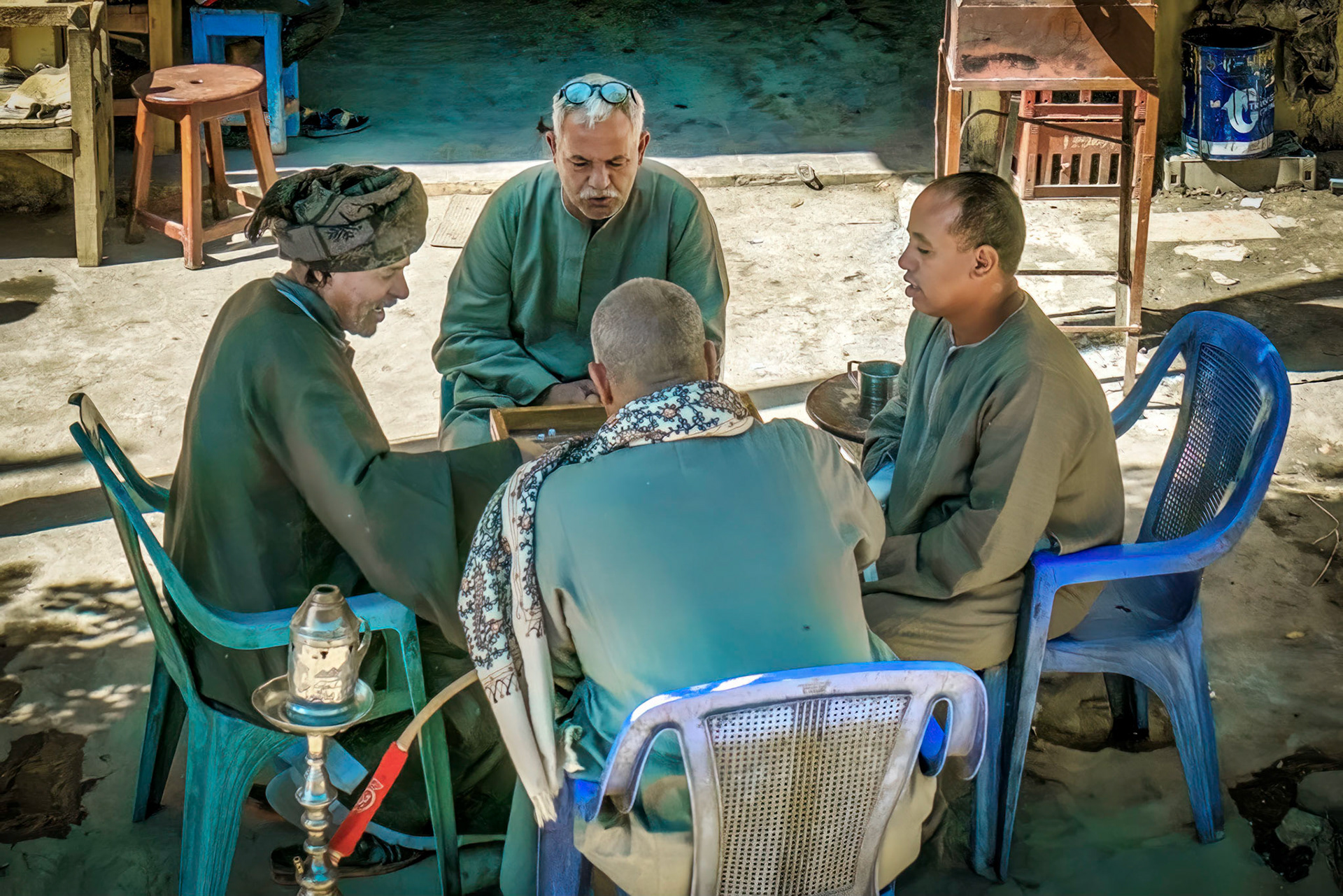
View from bus on way back to Luxor
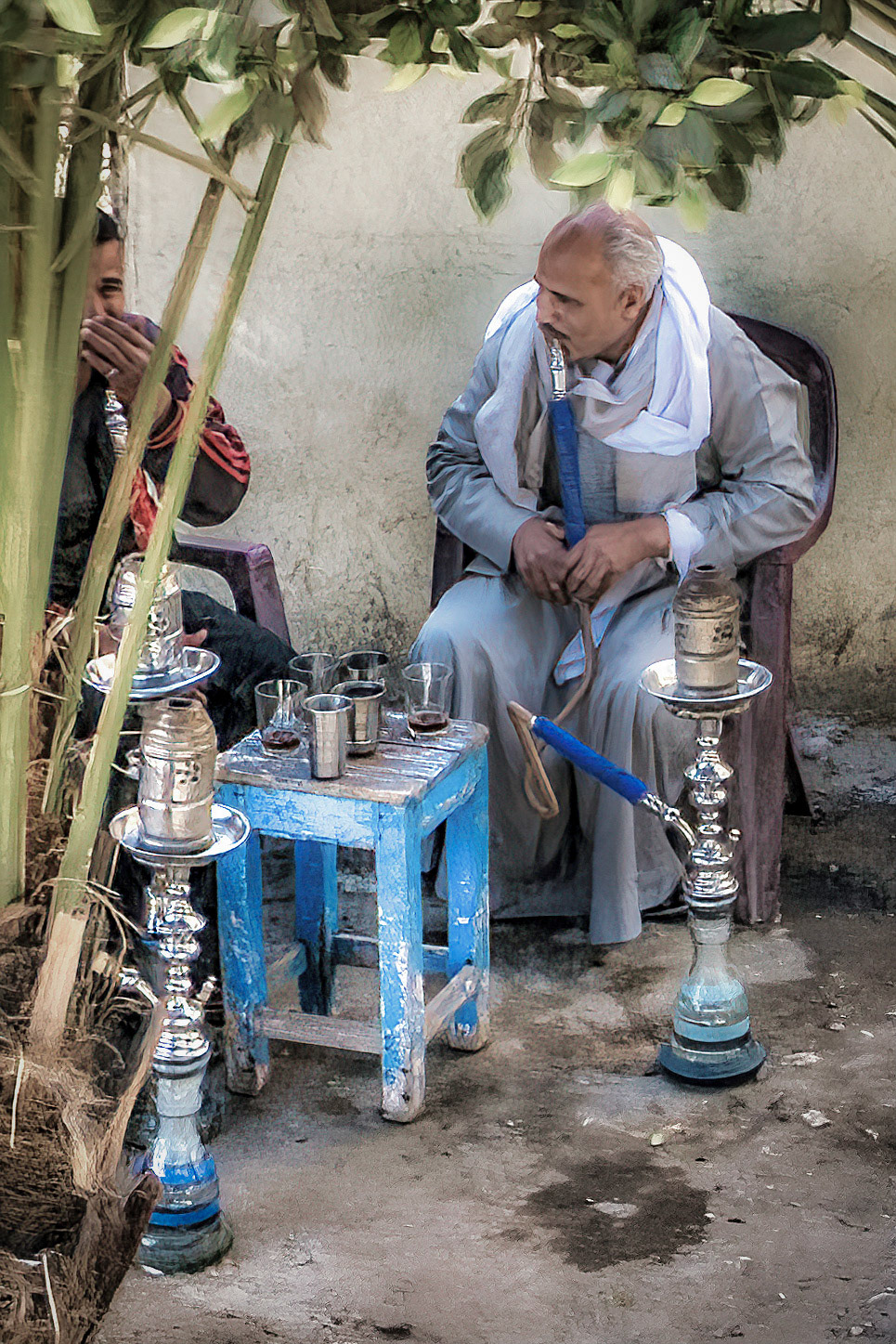
View from bus on way back to Luxor
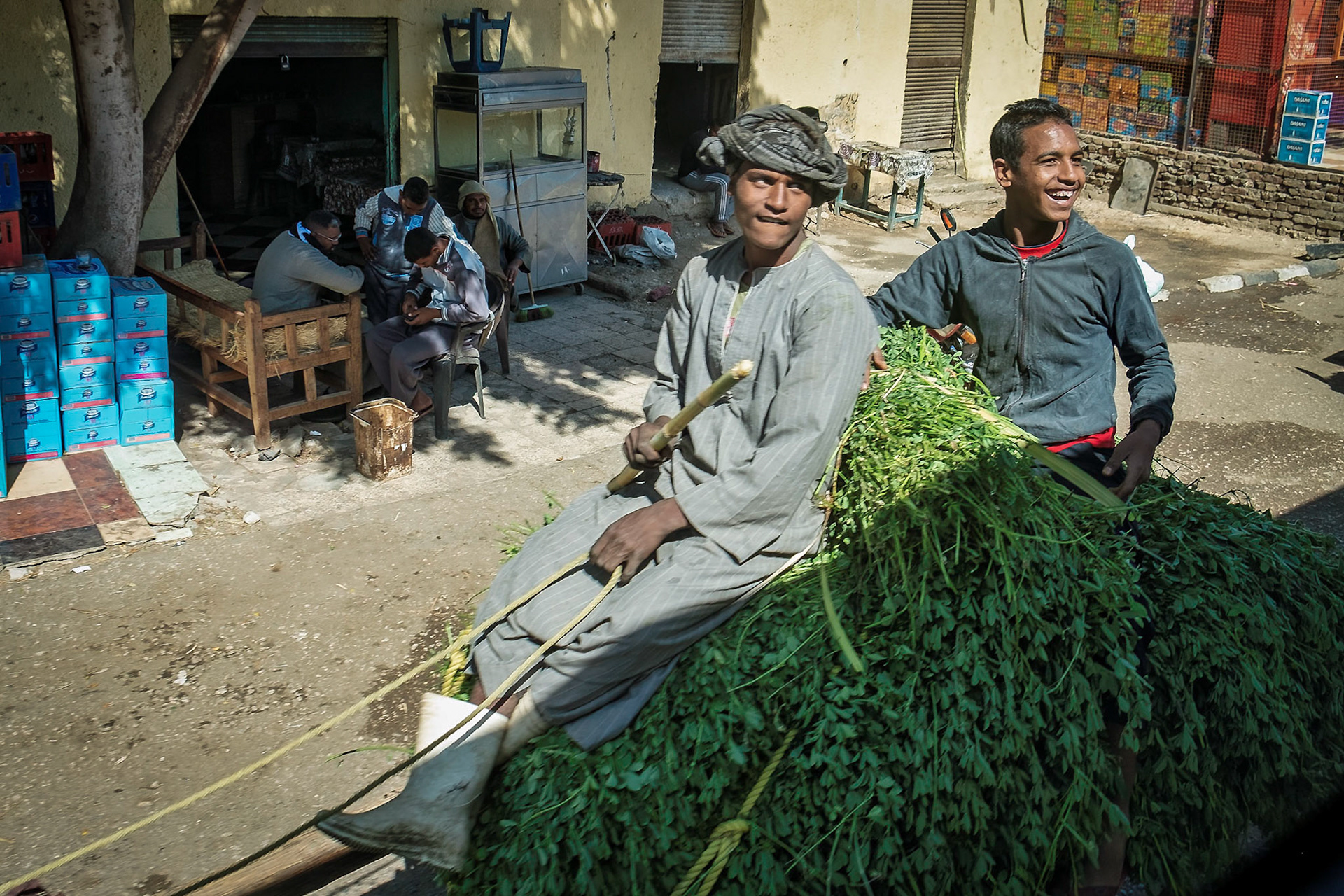
View from bus on way back to Luxor
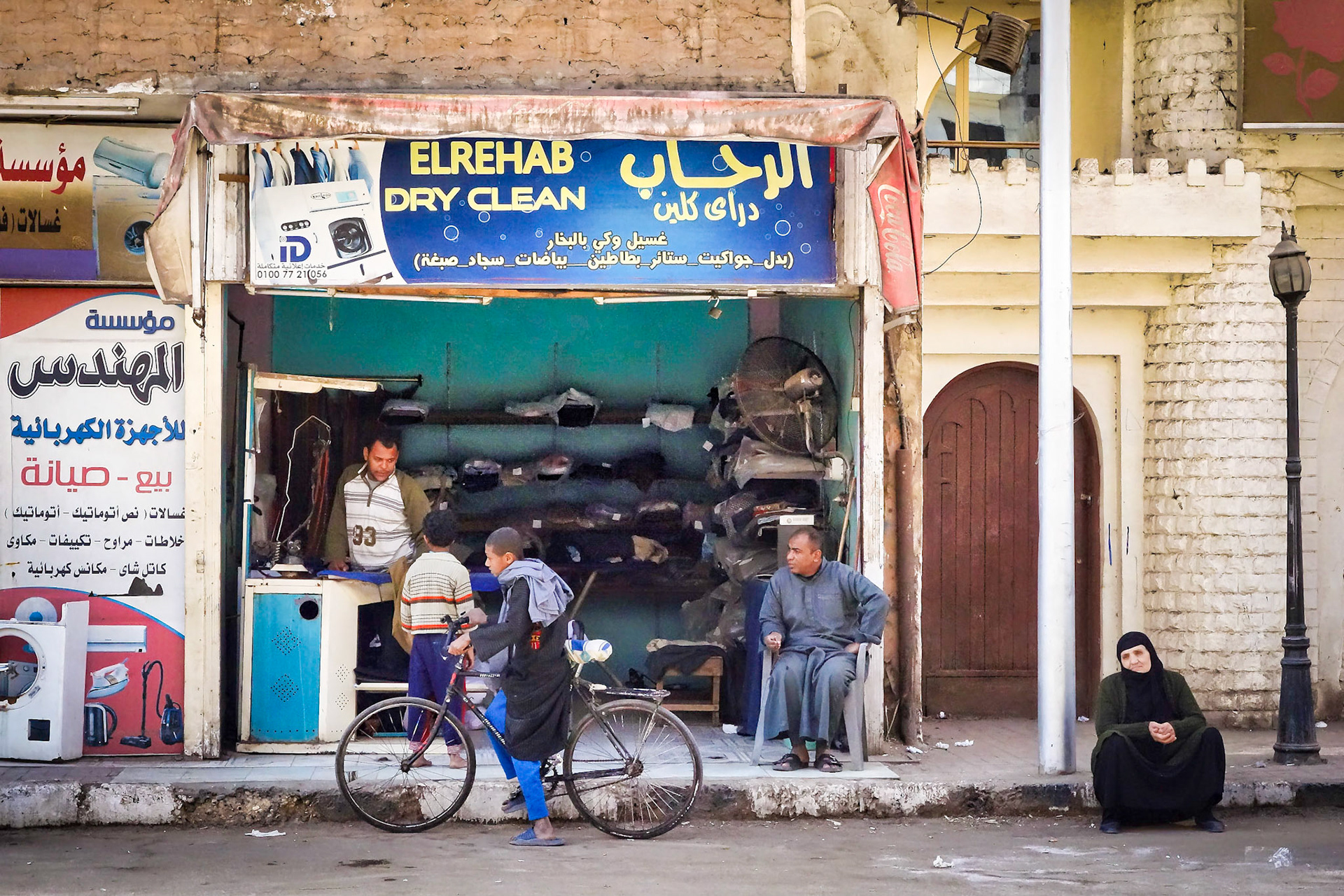
Street scene near lunch restaurant, Luxor
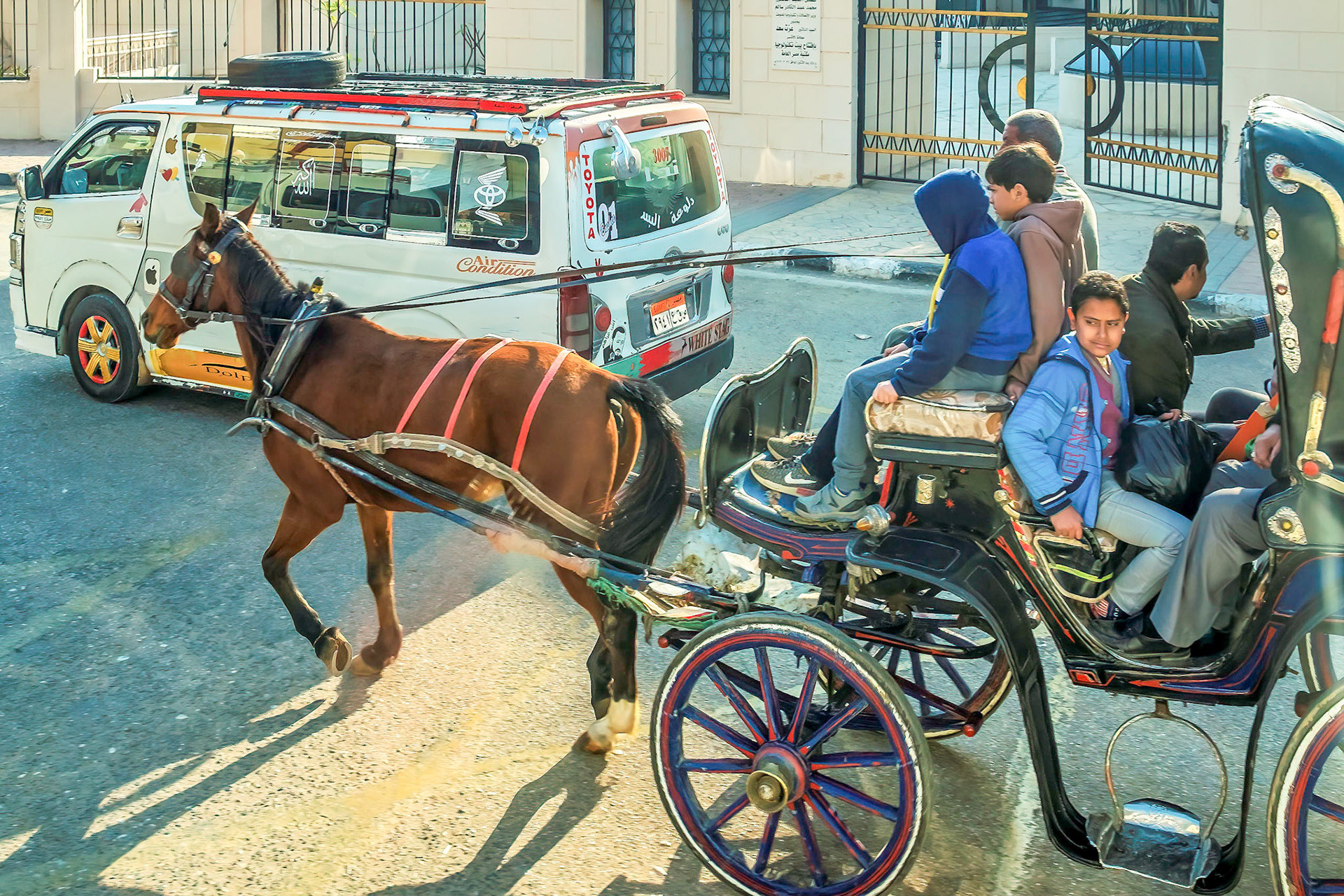
Scene from bus in Luxor
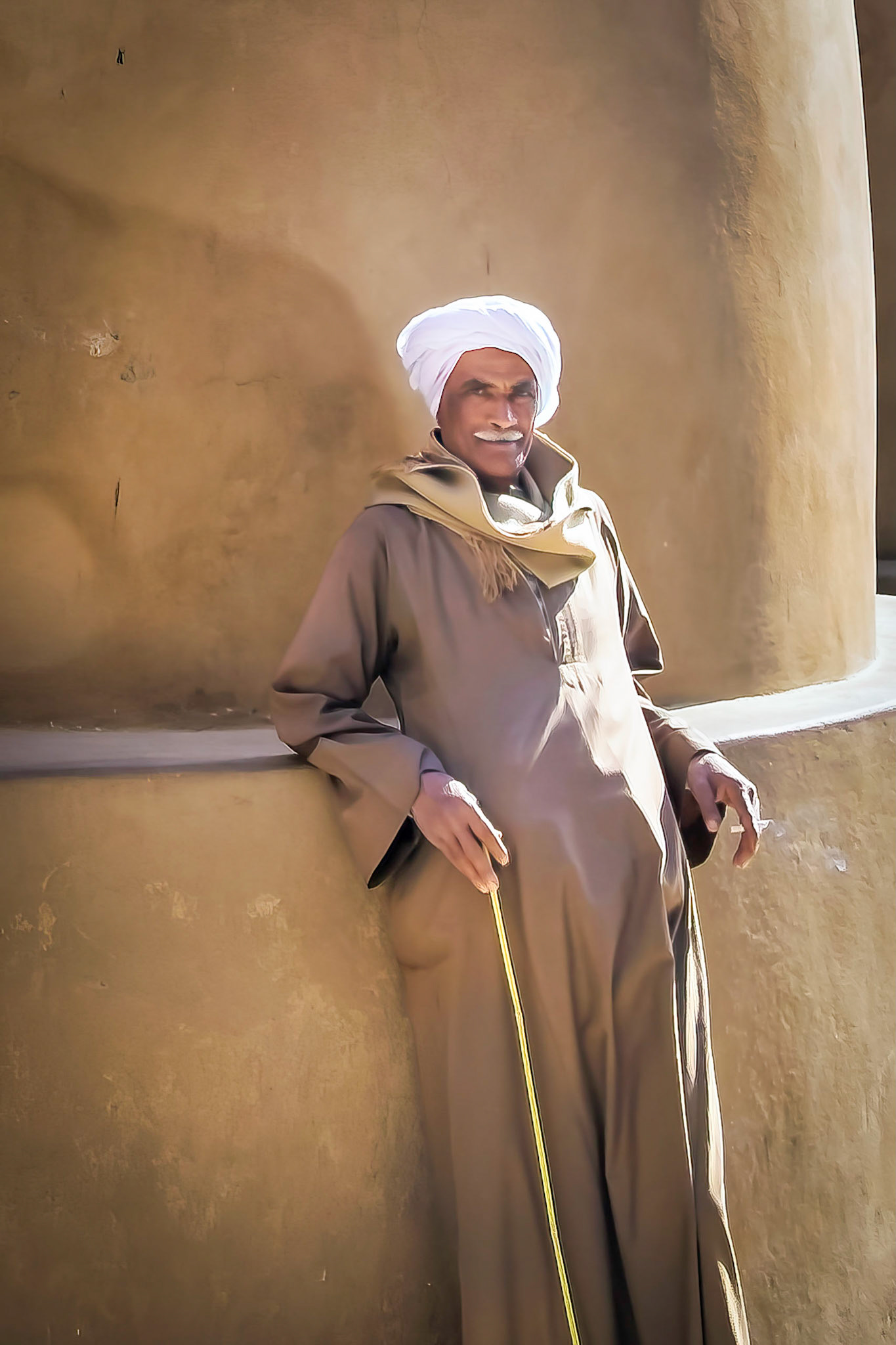
Guard at Karnac
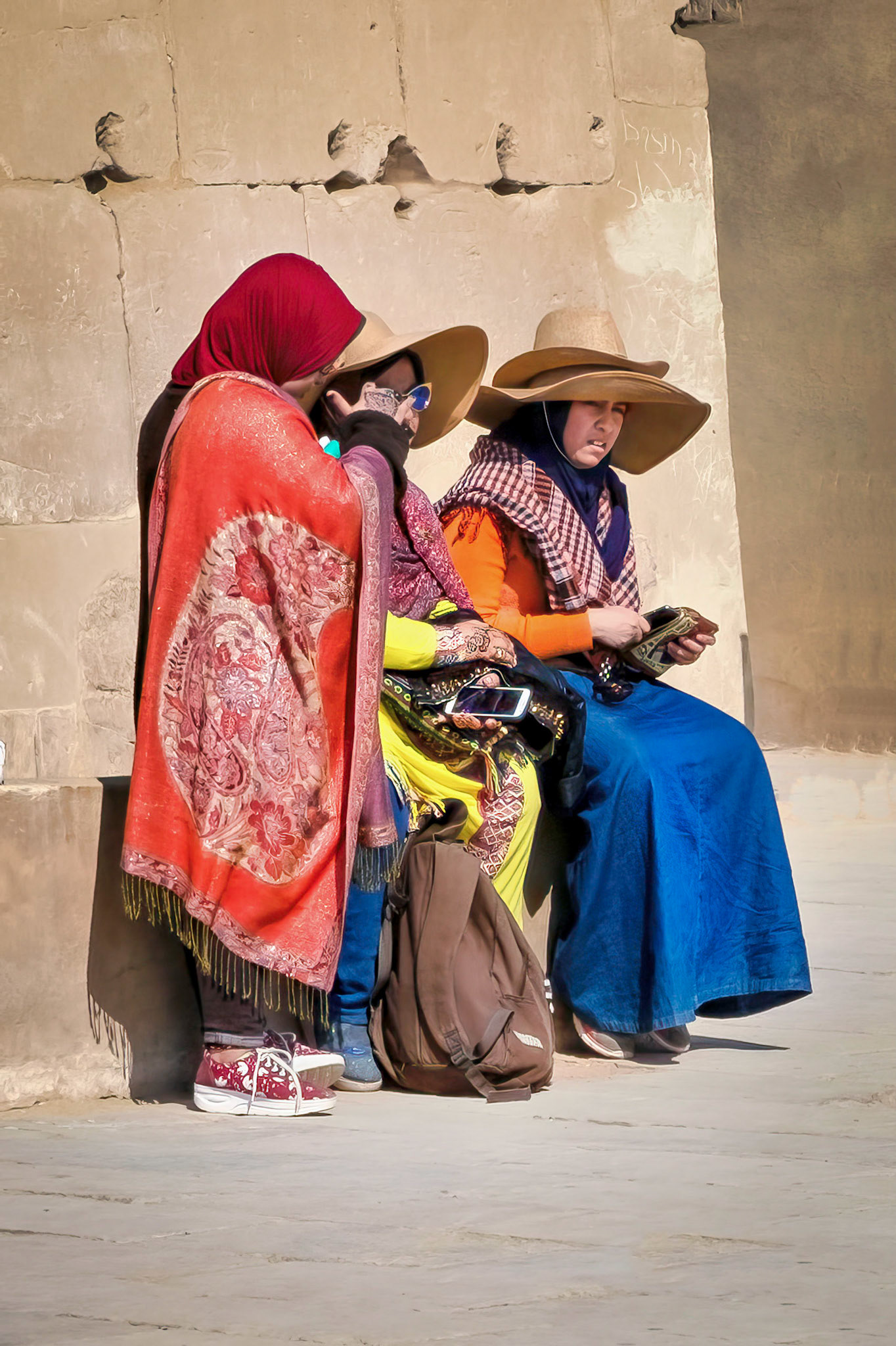
Visitors at Karnac
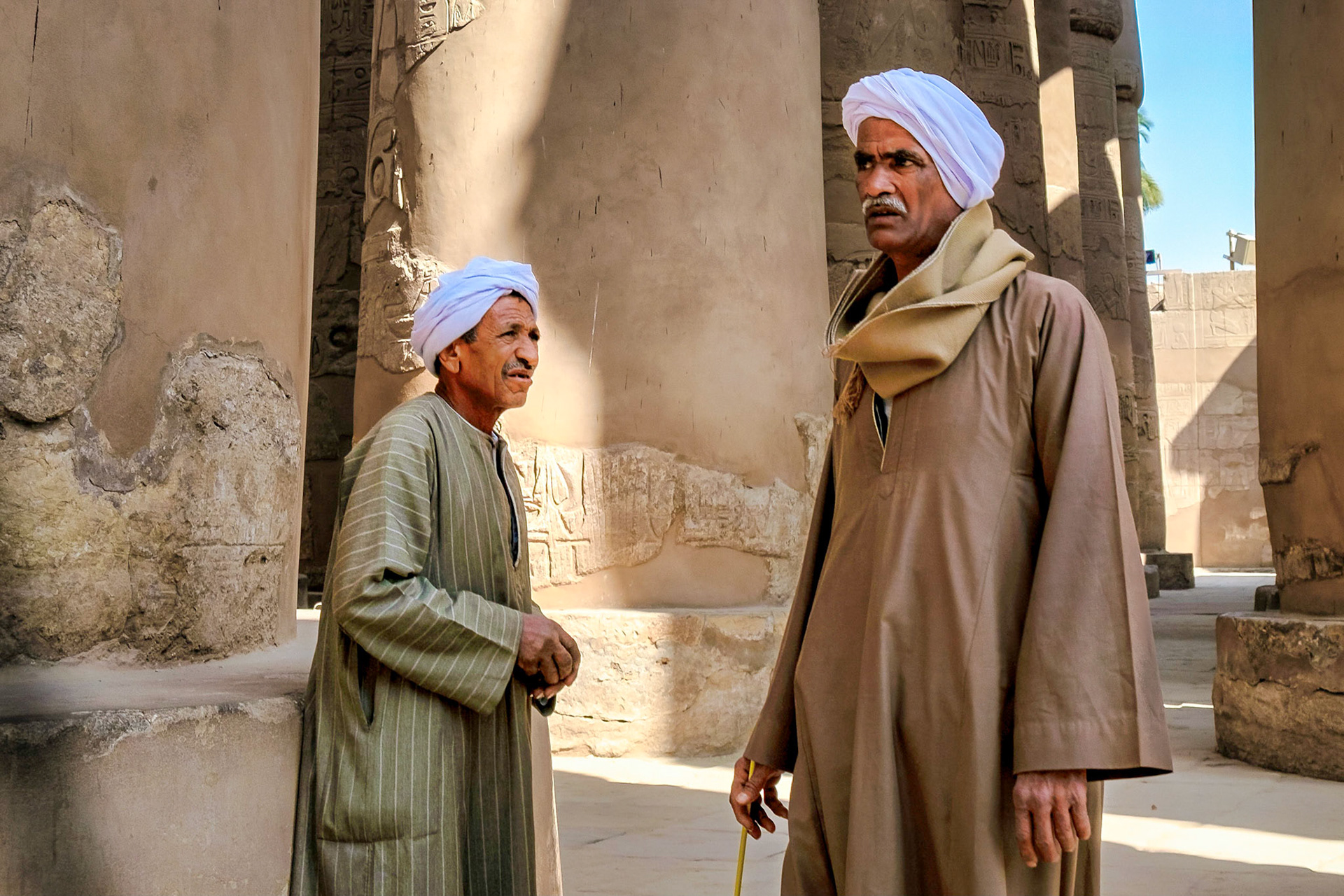
Guards at Karnac temple complex

Workman, Karnac
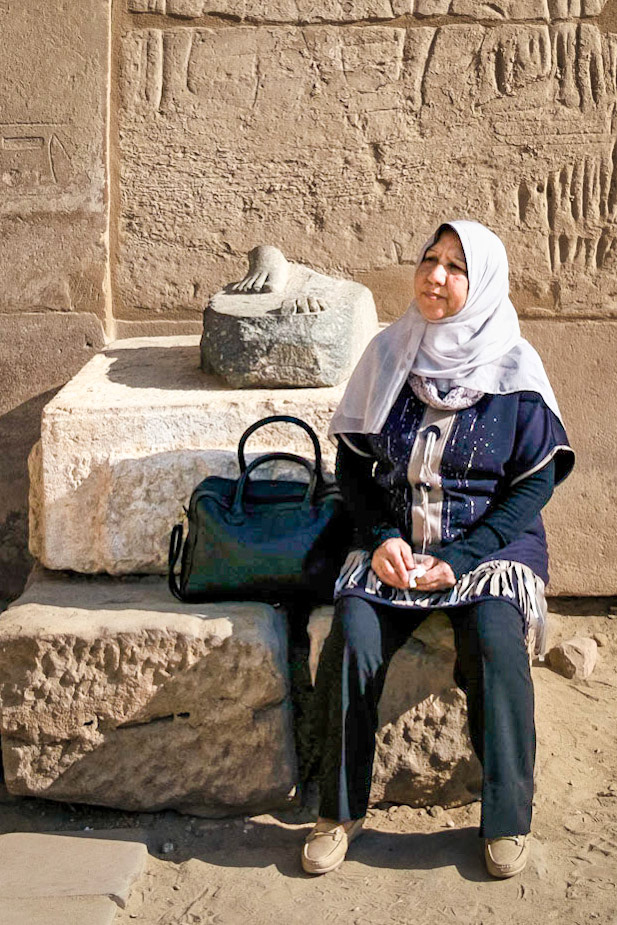
Visitor, Karnac
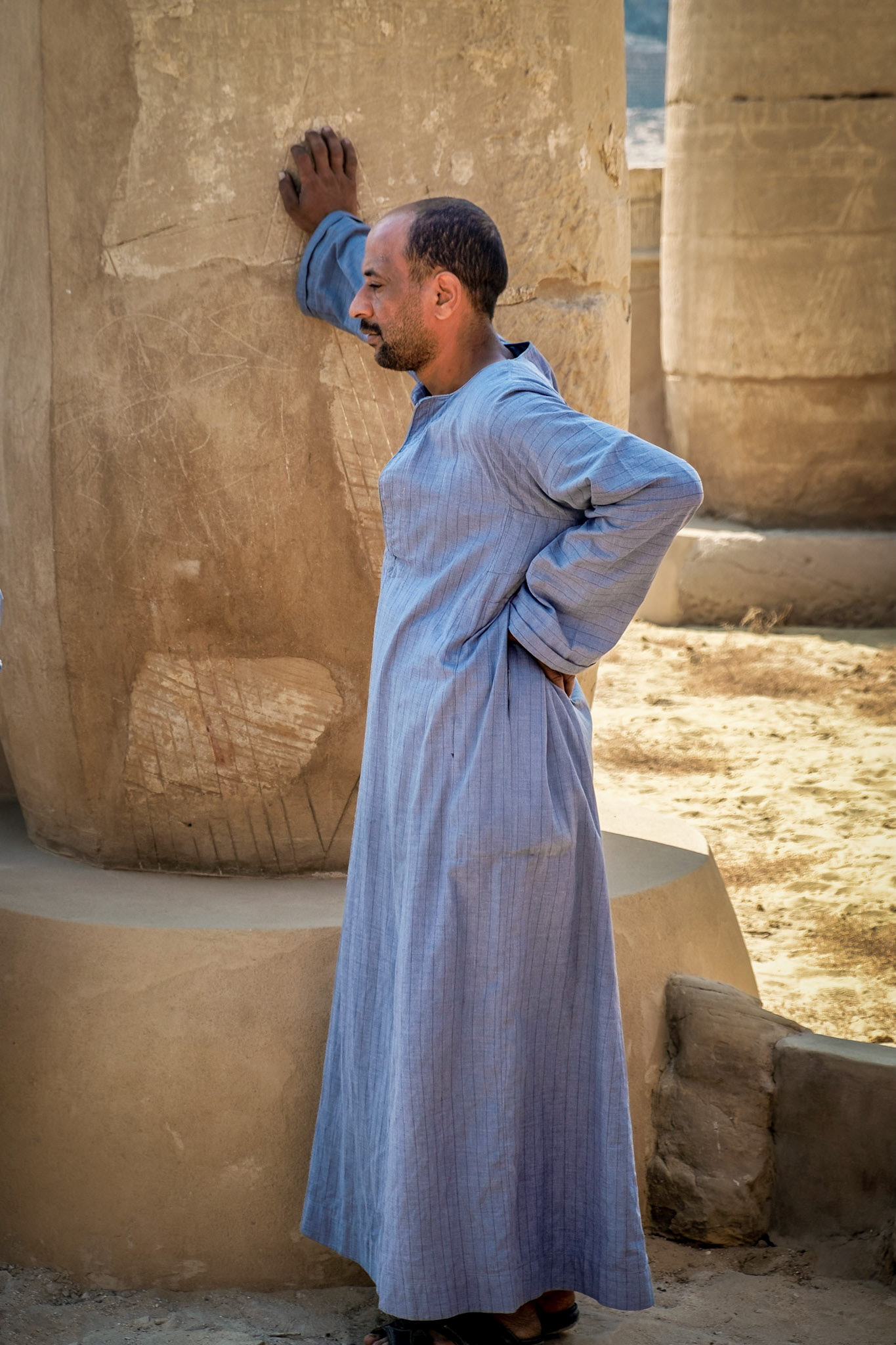
Guard at Karnac
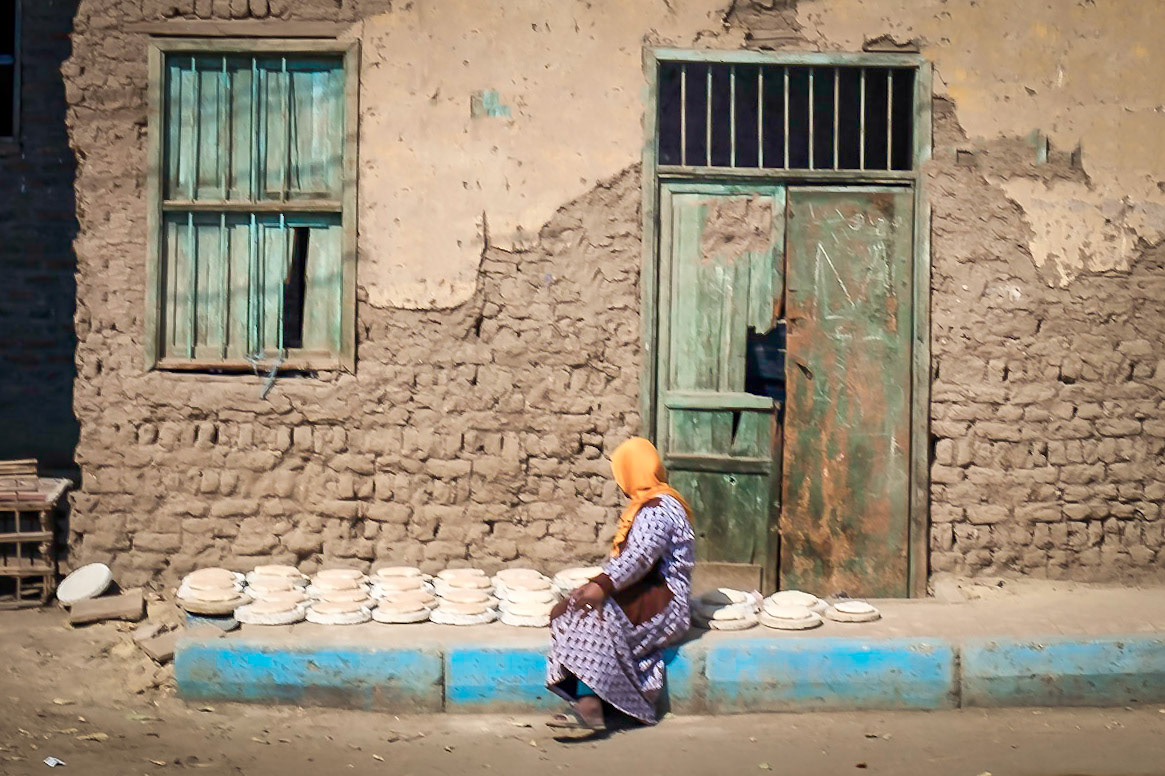
Bread seller, view from bus on way to lunch
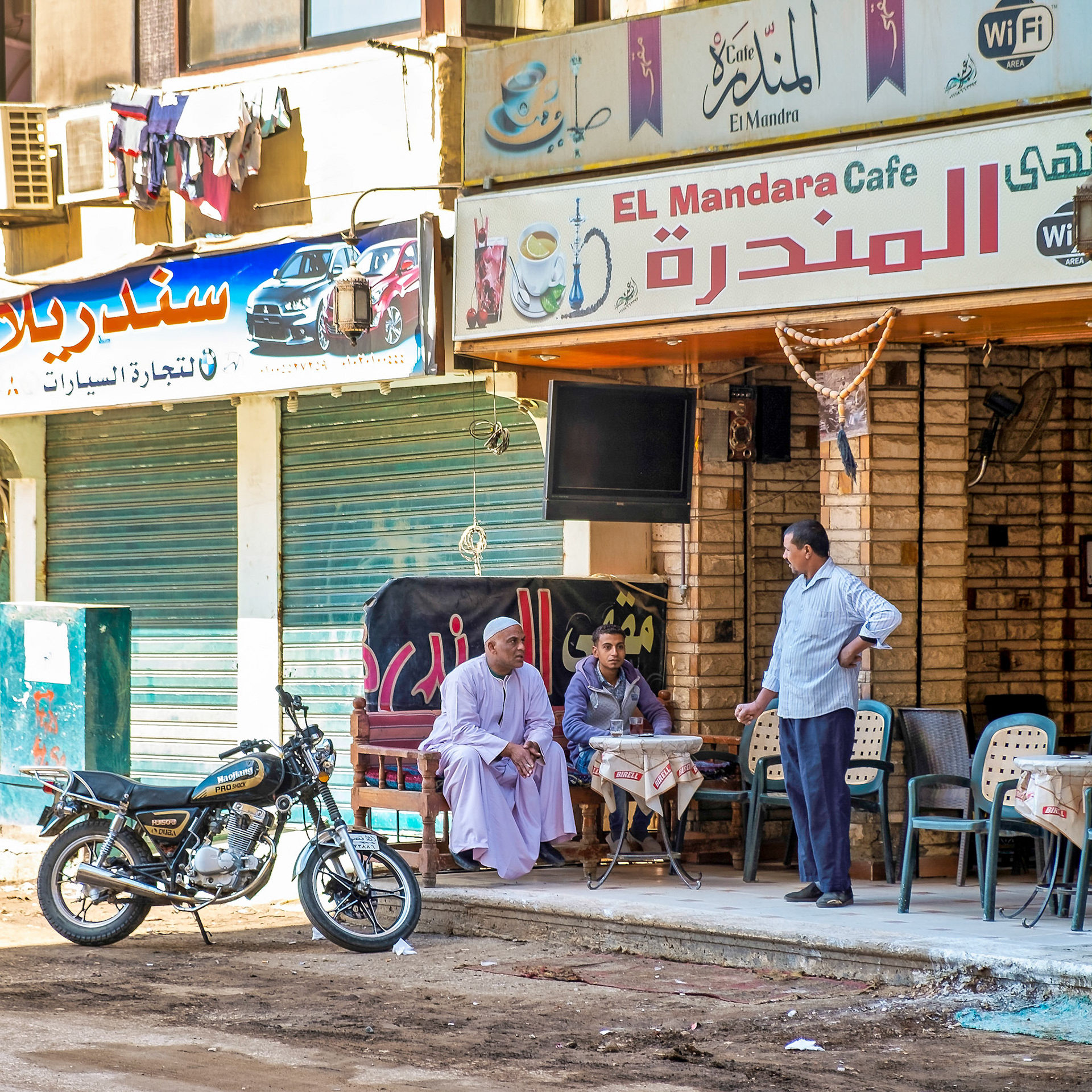
Street scene across the street from lunch restaurant
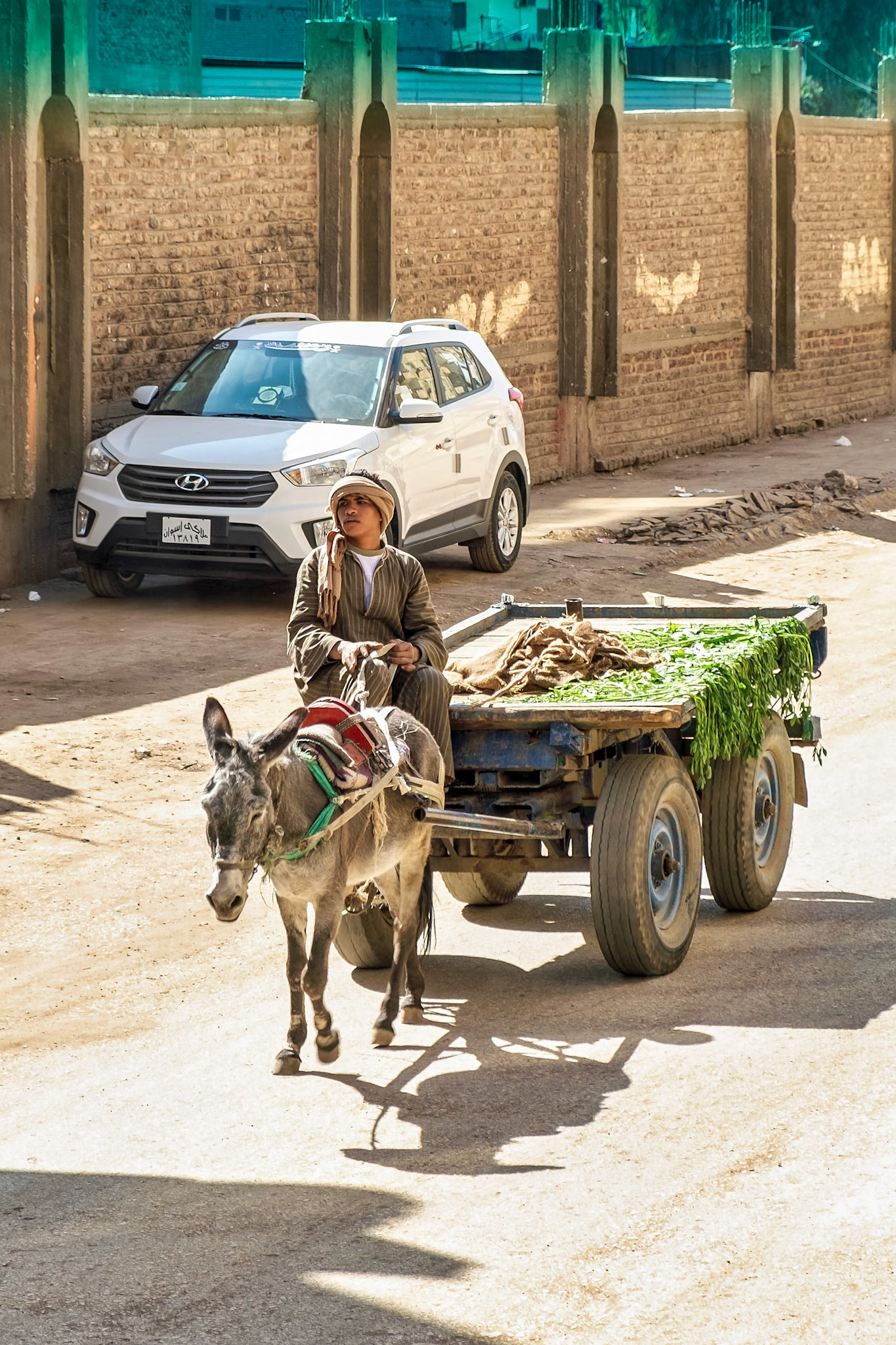
View from bus on way to Luxor Temple
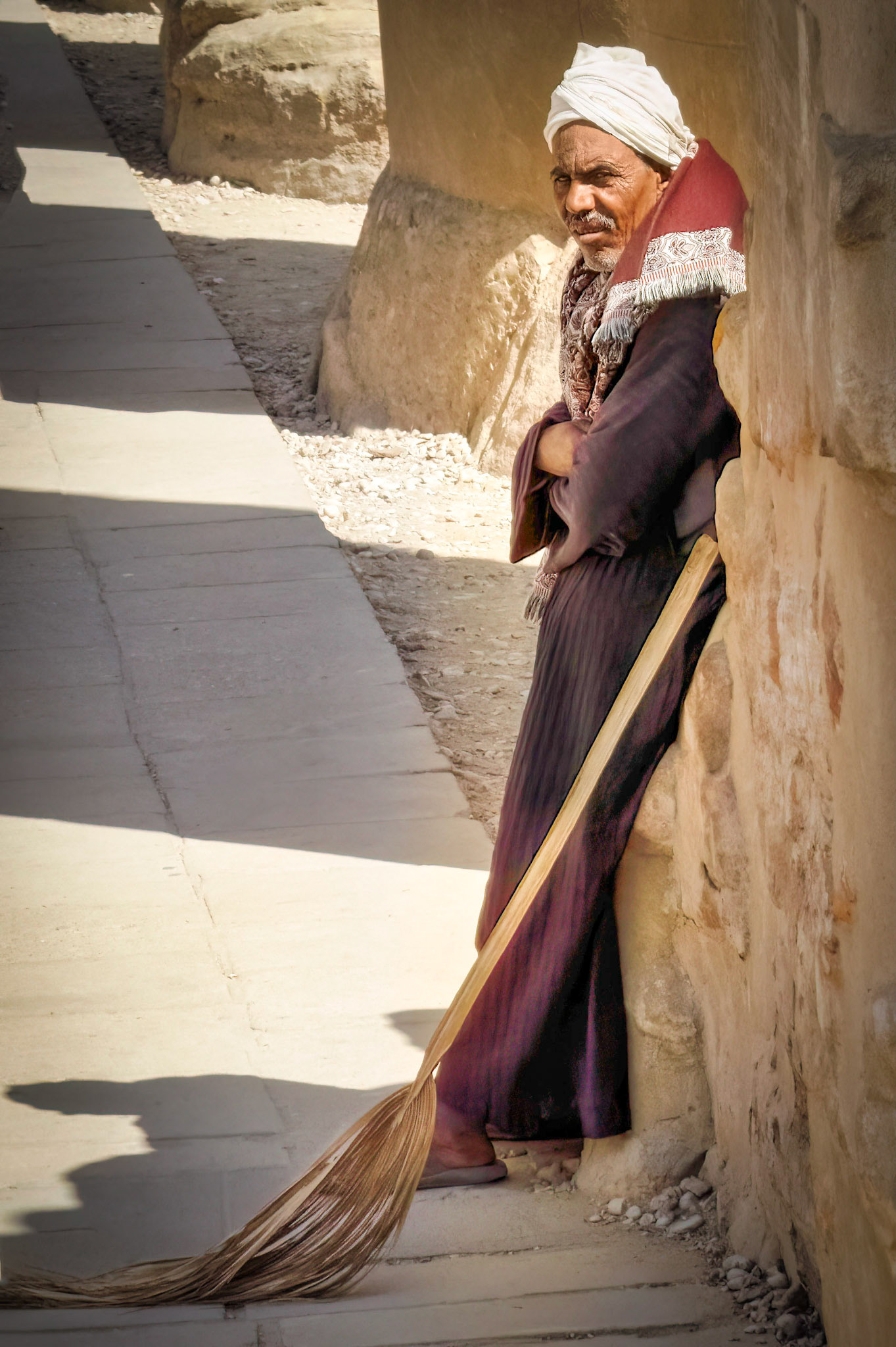
Worker in Luxor Temple
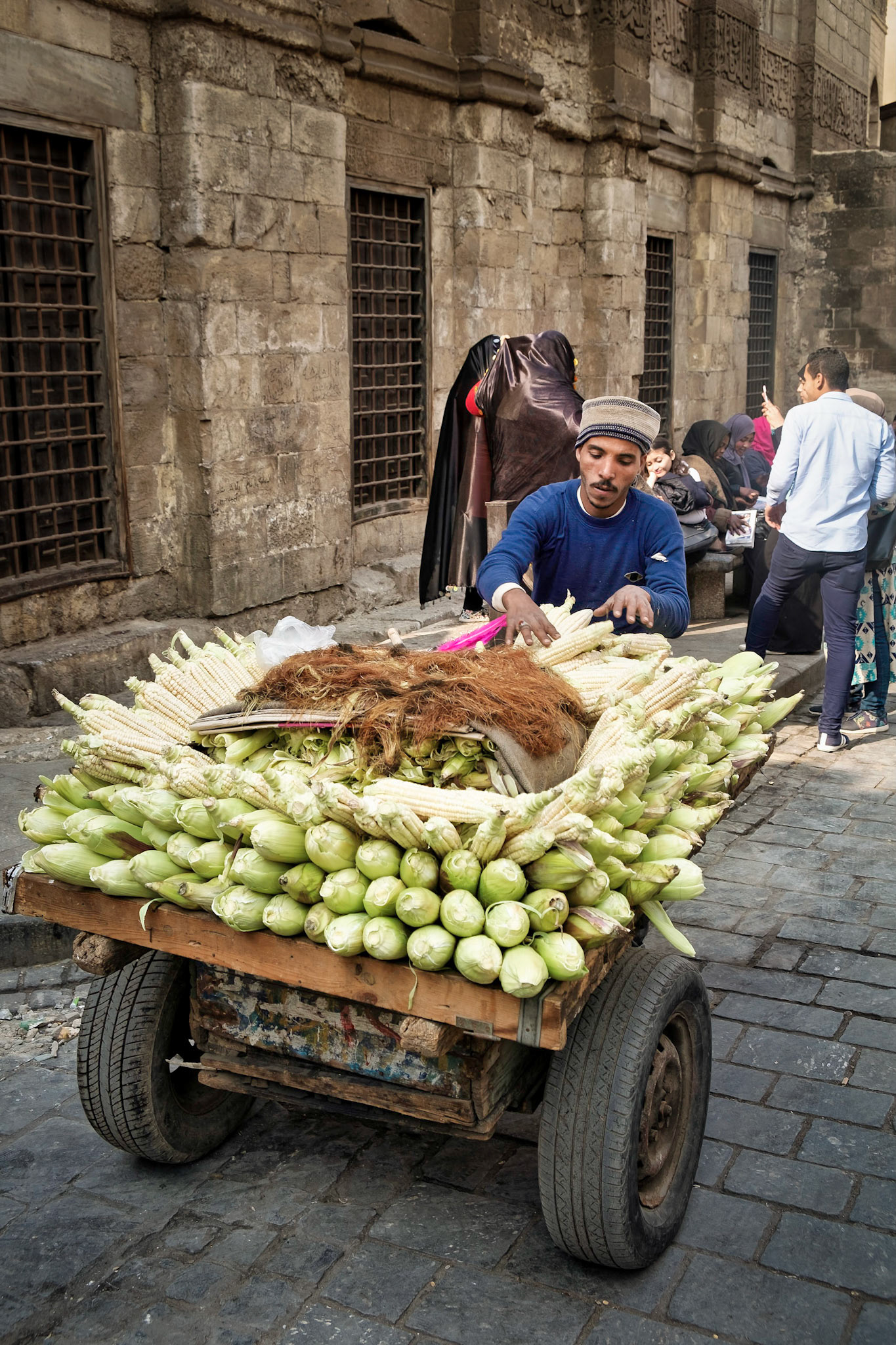
Vender near Khan al-Khalili Bazaar
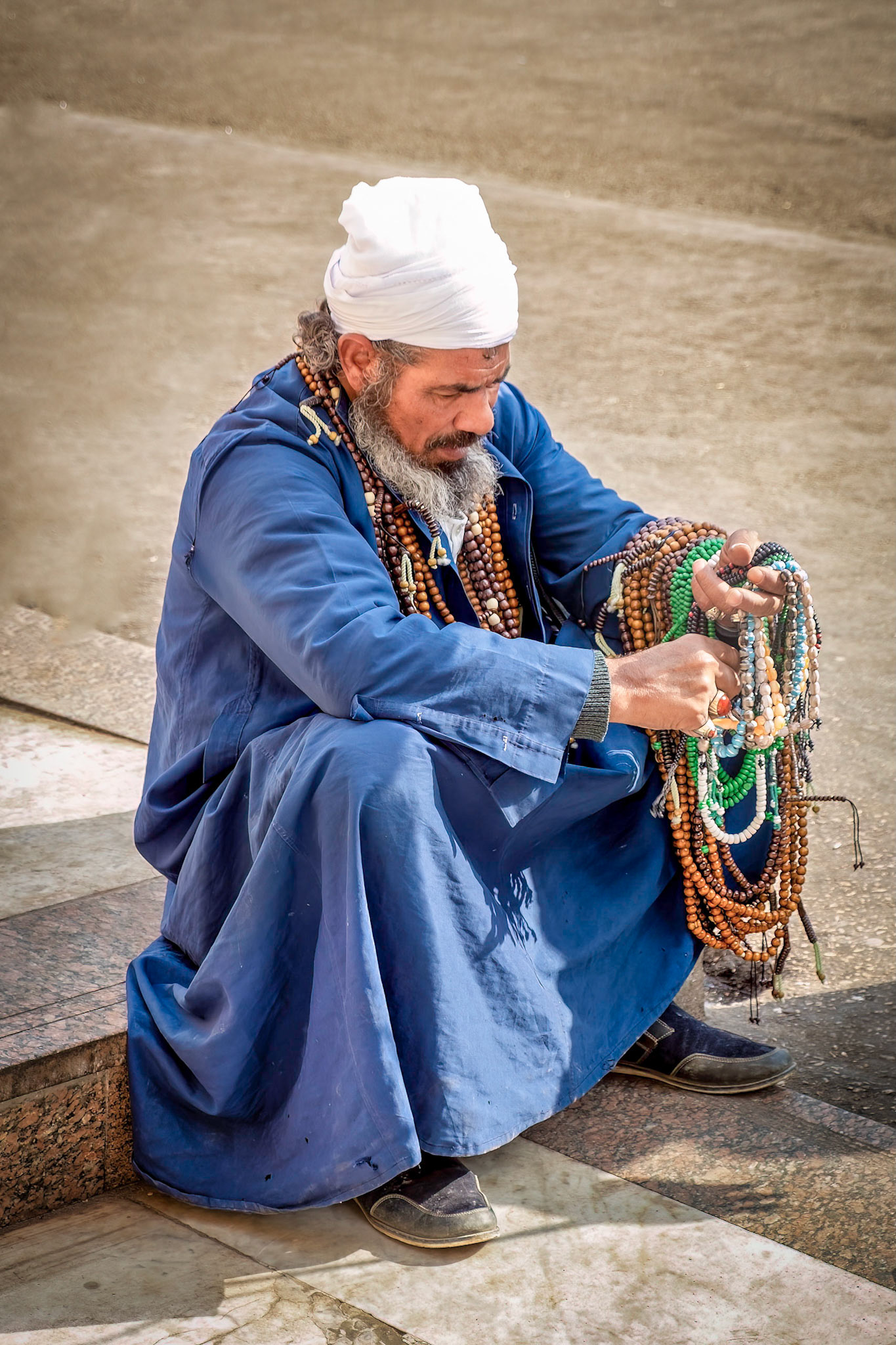
Prayer bead seller outside Mosque of Sayyidna al-Hussein
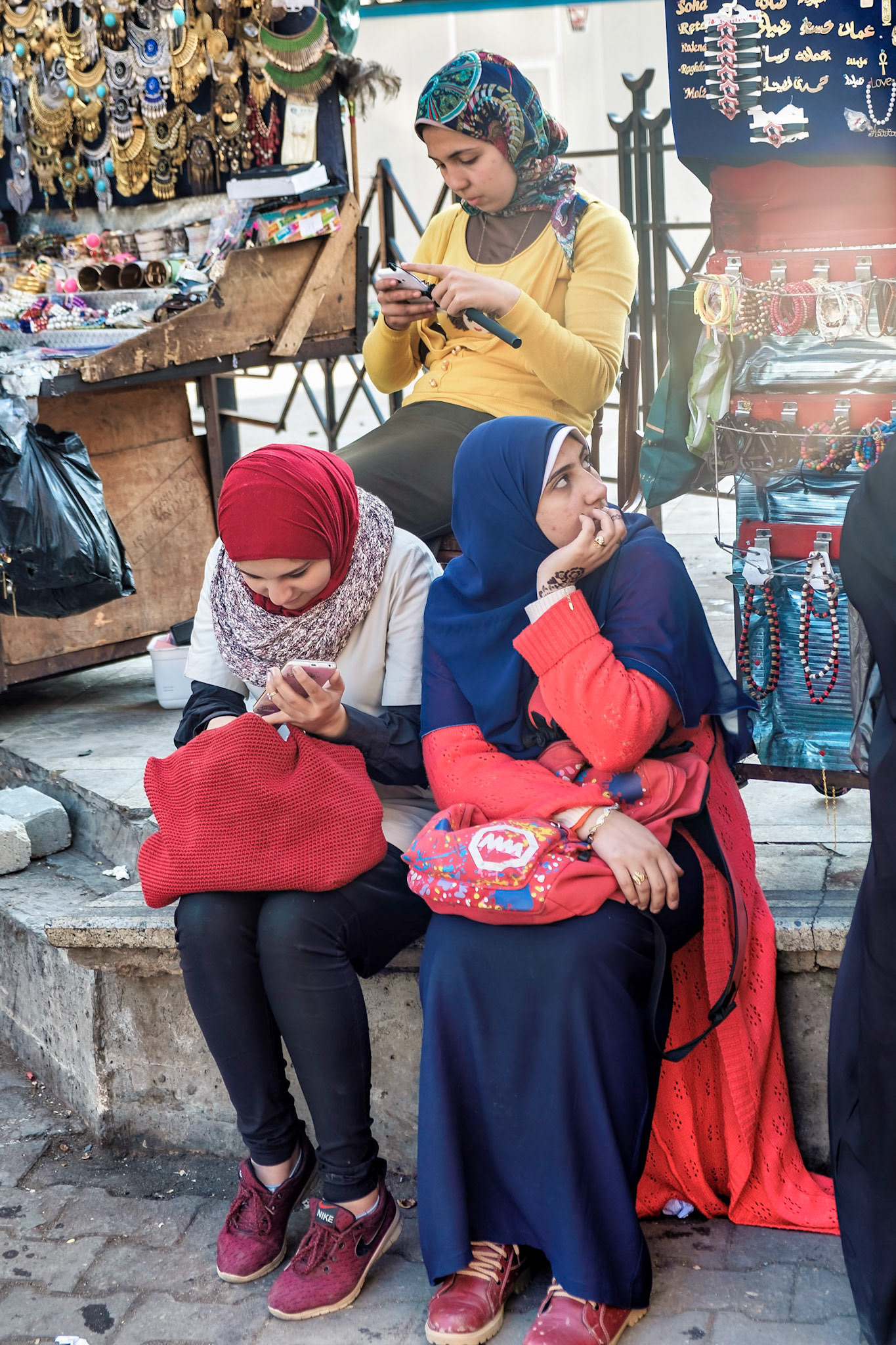
View from bus on way back to hotel
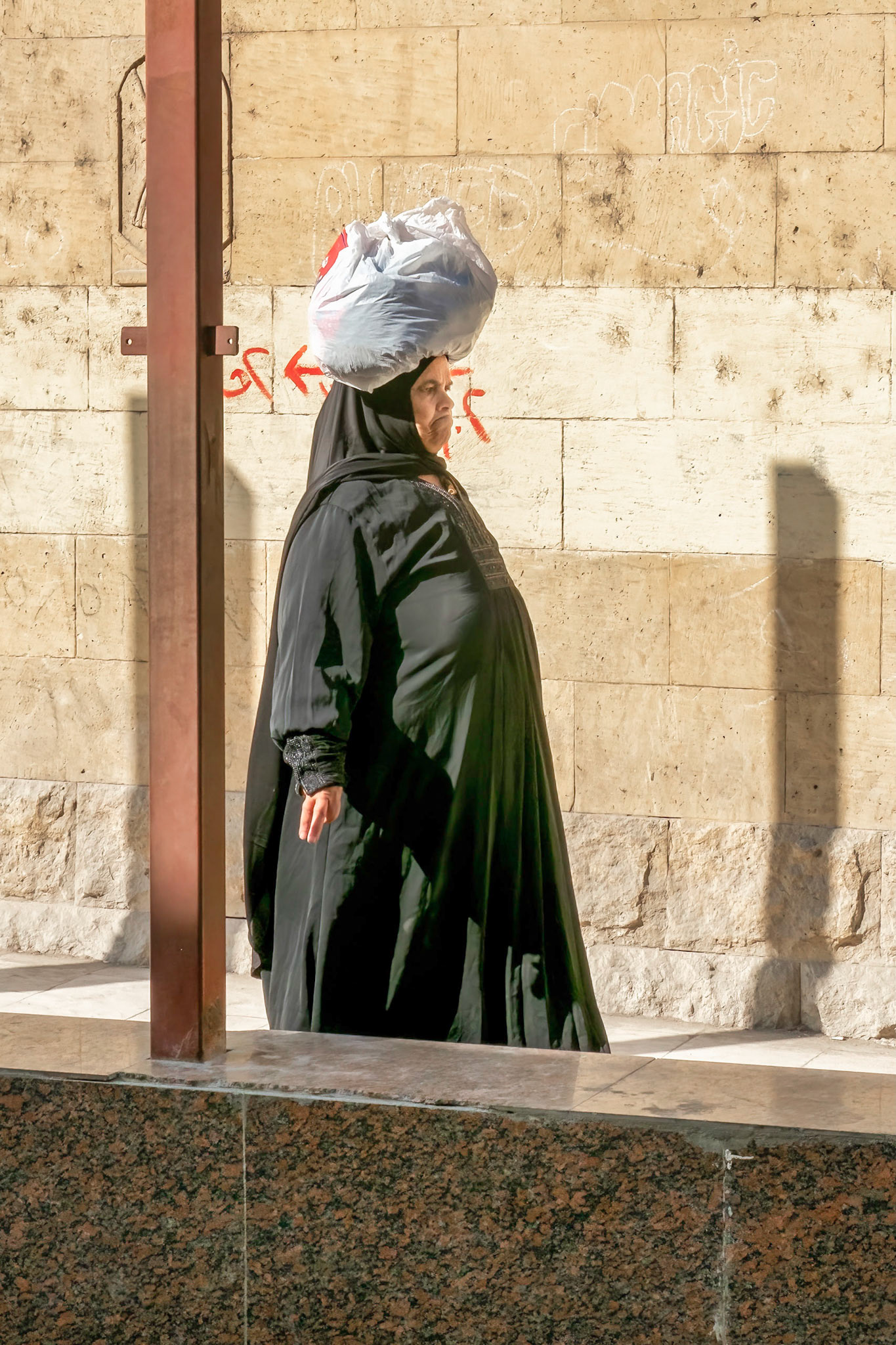
Woman on street near bus
